
Information for Press and Media
Further information here: https://www.roma-sinti-holocaust-memorial-day.eu/press/
On 2 August, we commemorate the last 4,300 Sinti and Roma in the German Nazi concentration camp Auschwitz-Birkenau, who were murdered by the SS on that night in 1944 despite their fierce resistance. In memory of all 500,000 Sinti and Roma murdered in Nazi-occupied Europe, the European Parliament declared this date the European Holocaust Memorial Day for Sinti and Roma in 2015.

Further information here: https://www.roma-sinti-holocaust-memorial-day.eu/press/

Information for individuals and groups on how to participate

2 August 2024 – European Holocaust Memorial Day for Roma and Sinti
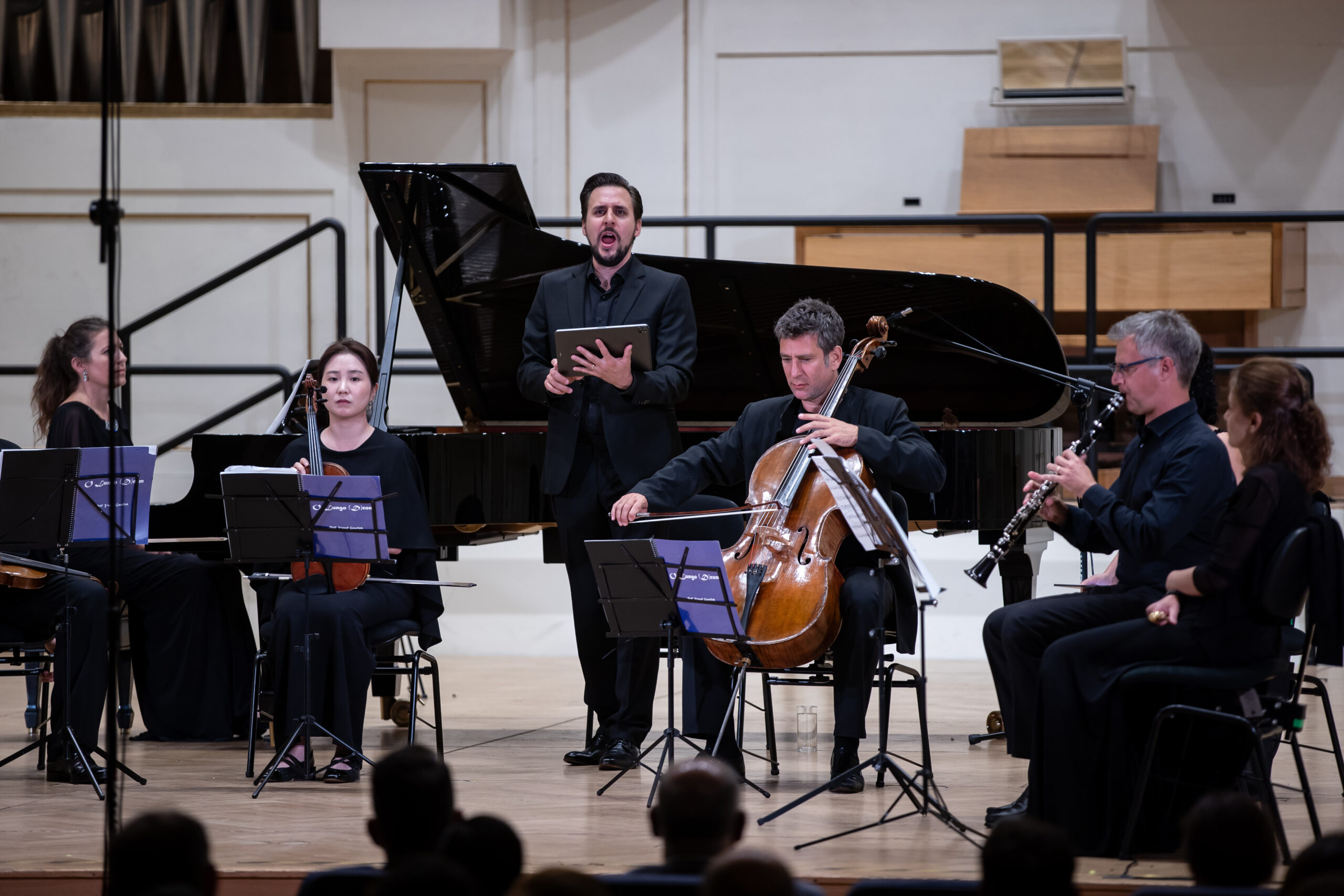
1 August 2024 – Krakow Philharmonic Hall
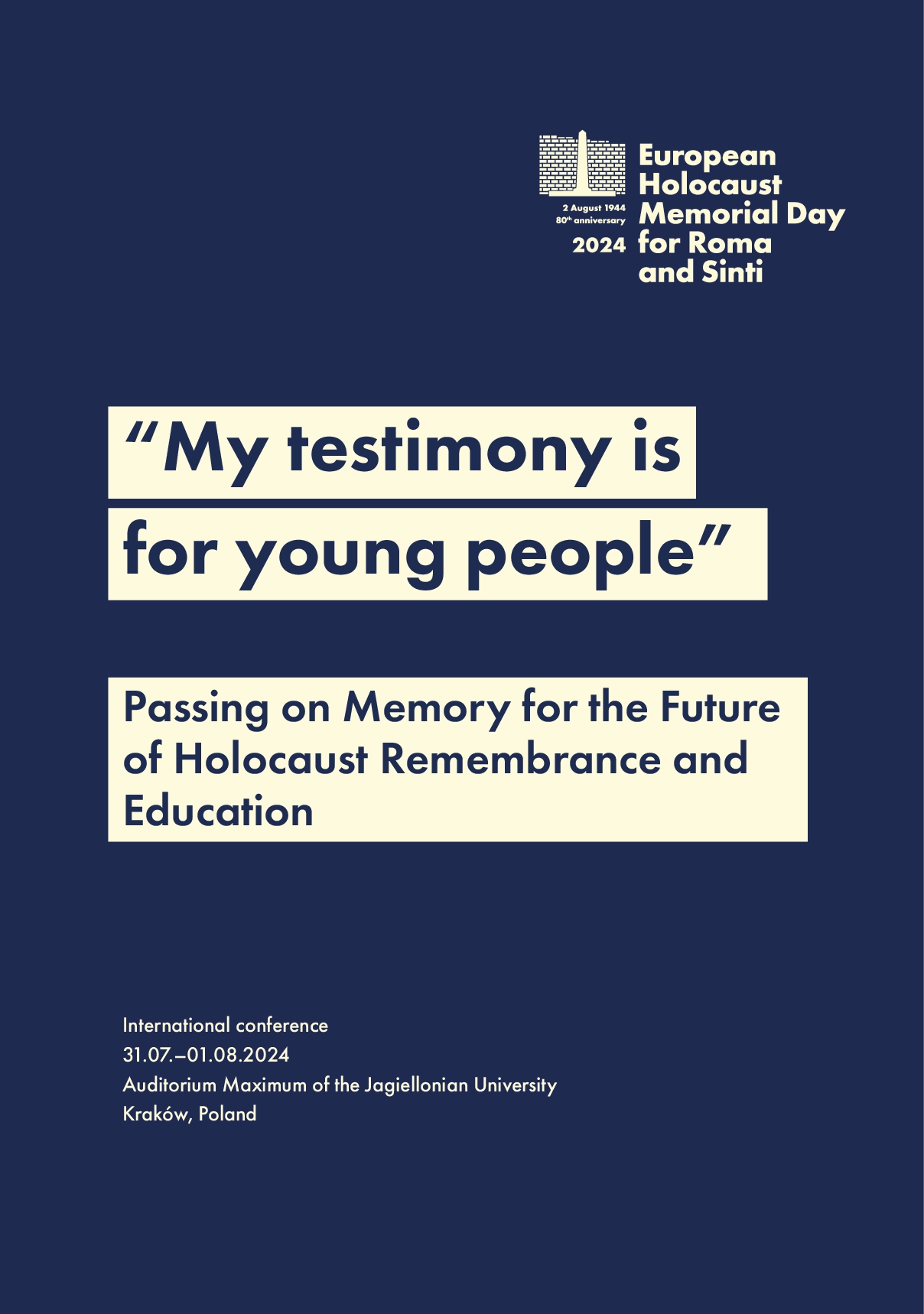
“My testimony is for young people”
Passing on Memory for the Future
of Holocaust Remembrance and Education
31st of July – 1st of August 2024
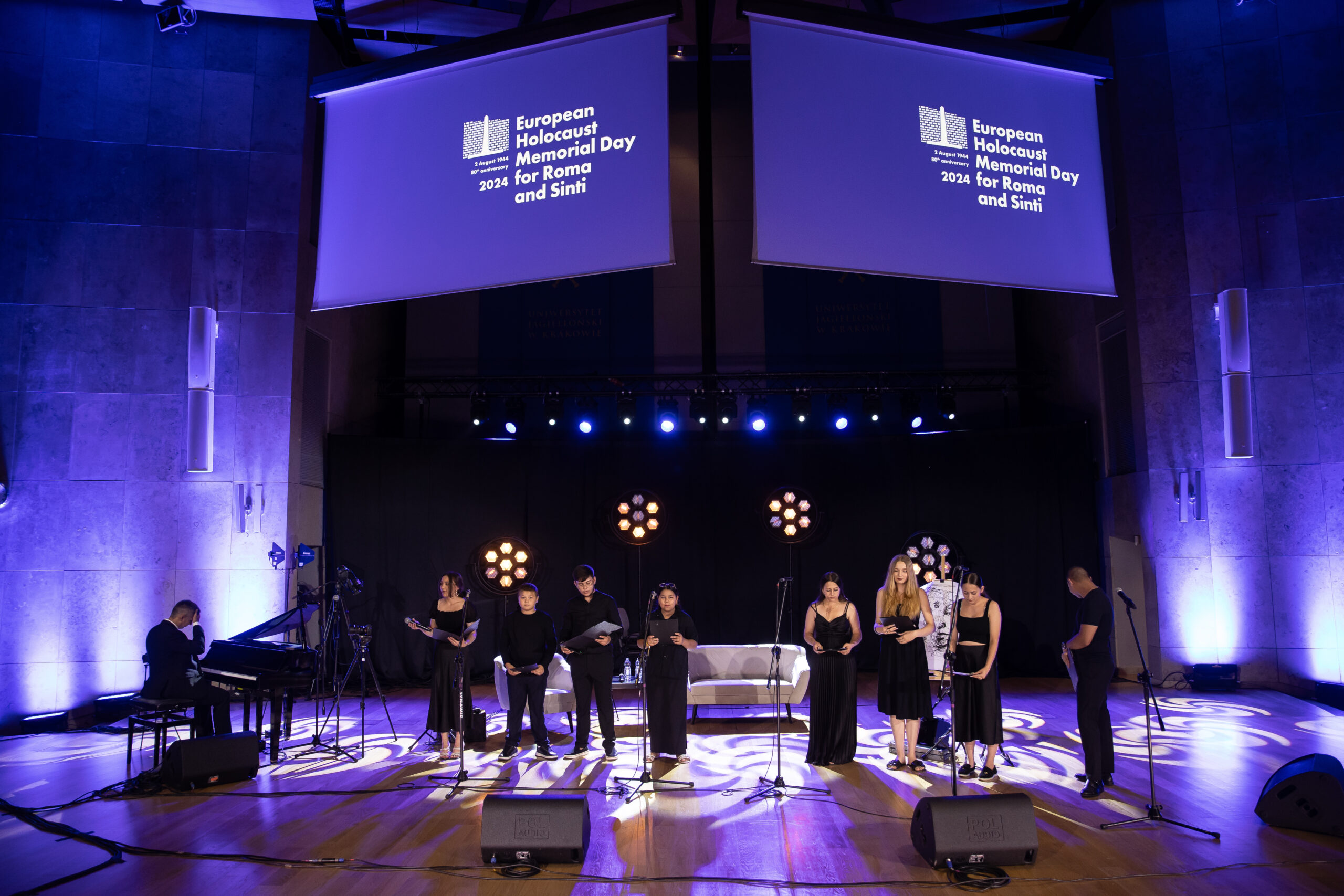
31 July 2024 – Auditorium Maximum of Jagiellonian University, Kraków
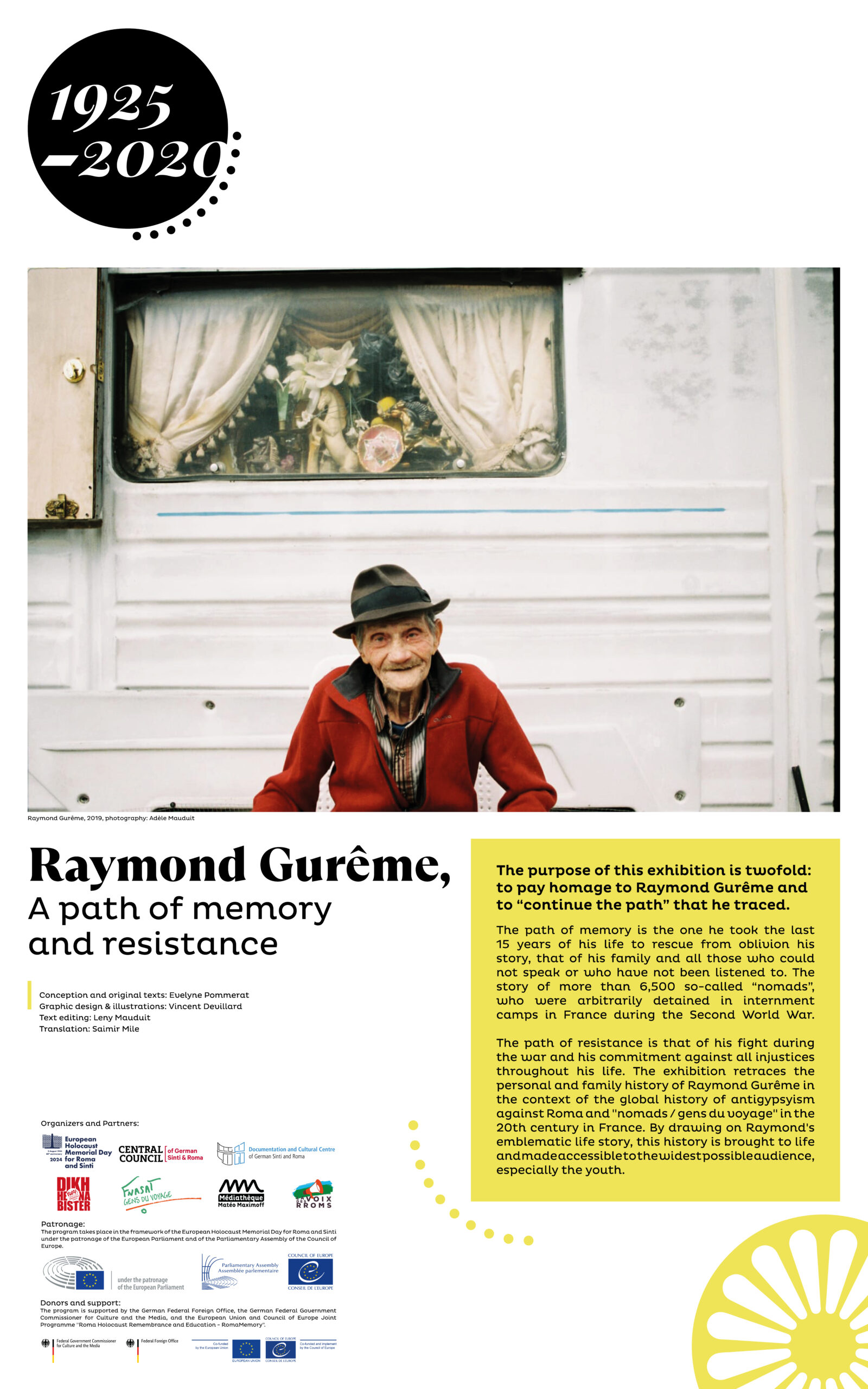
31 July – 1 August 2024 – Auditorium Maximum of Jagiellonian University, Kraków
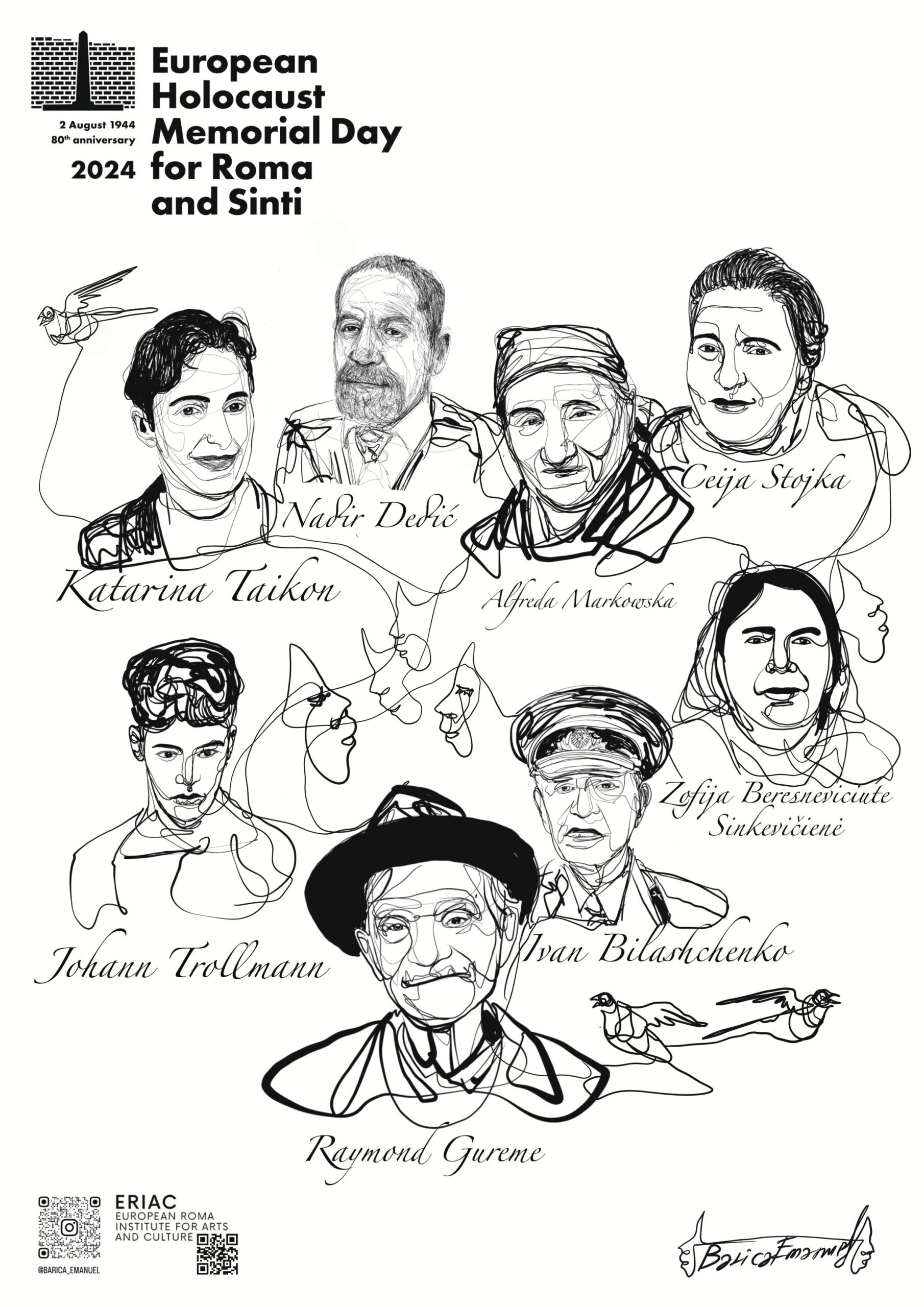
31 July – 1 August 2024 – Auditorium Maximum of Jagiellonian University, Kraków
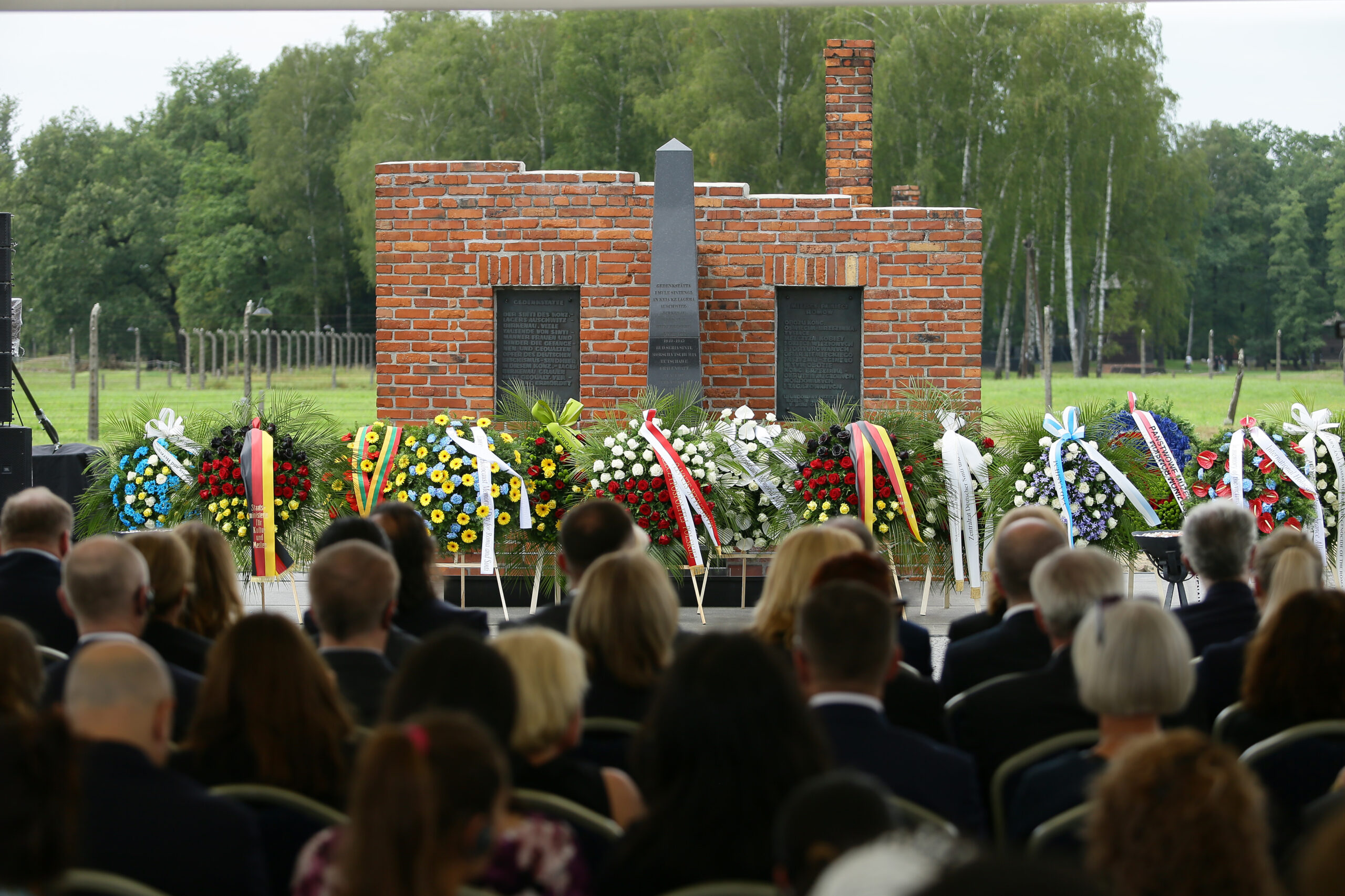
Images for editorial articles and media coverage
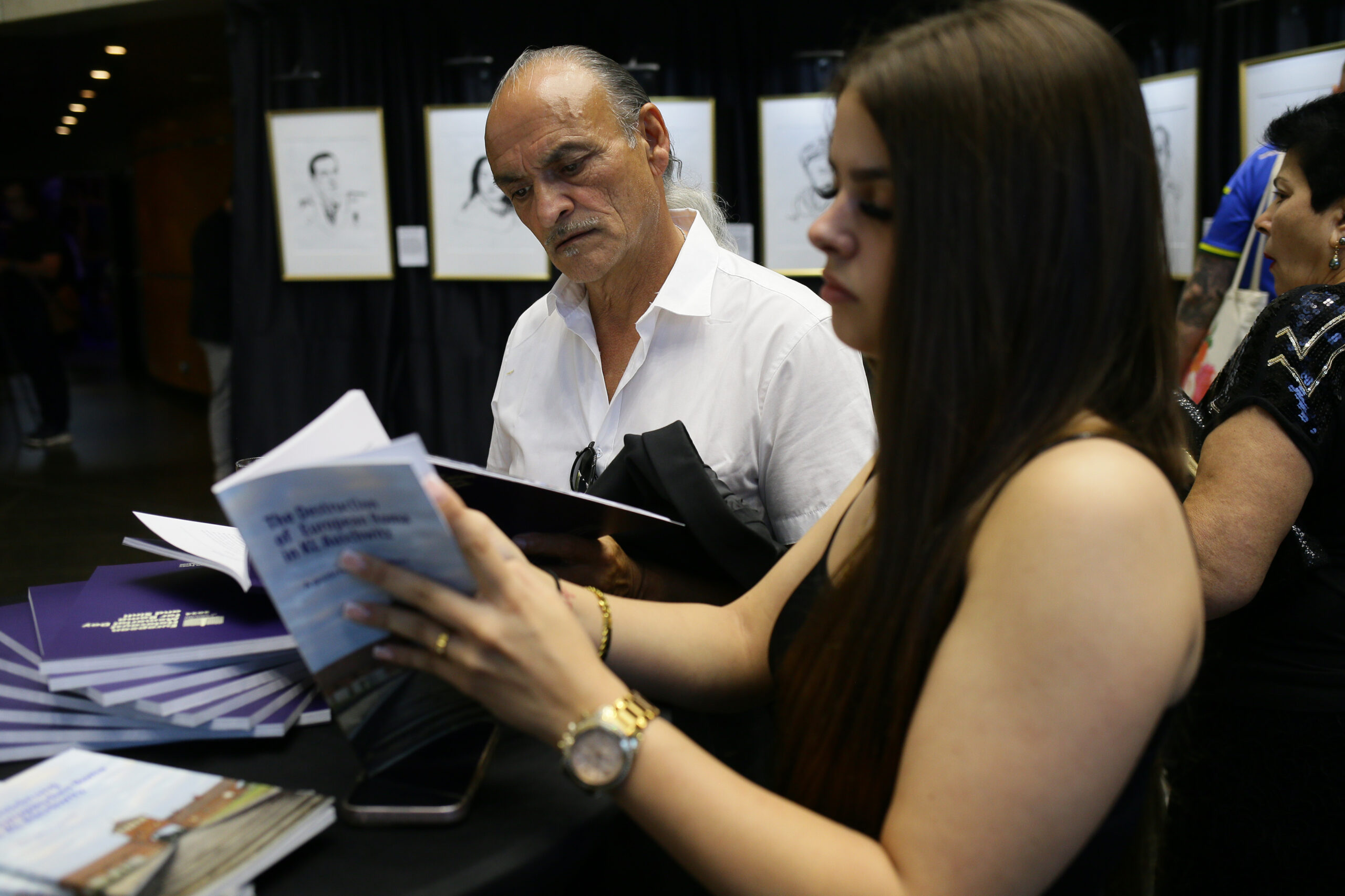
International Conference Booklet
Euoprean Memorial Day Booklet
Concert Oratorium Booklet

Central Council of German Sinti and Roma

Association of Roma in Poland
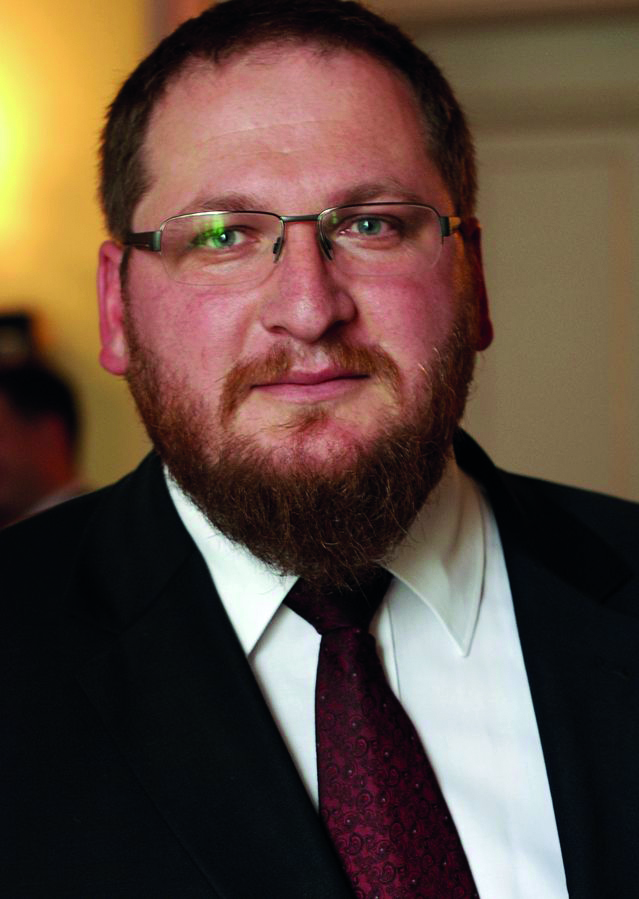
Director of the Memorial and Museum Auschwitz-Birkenau
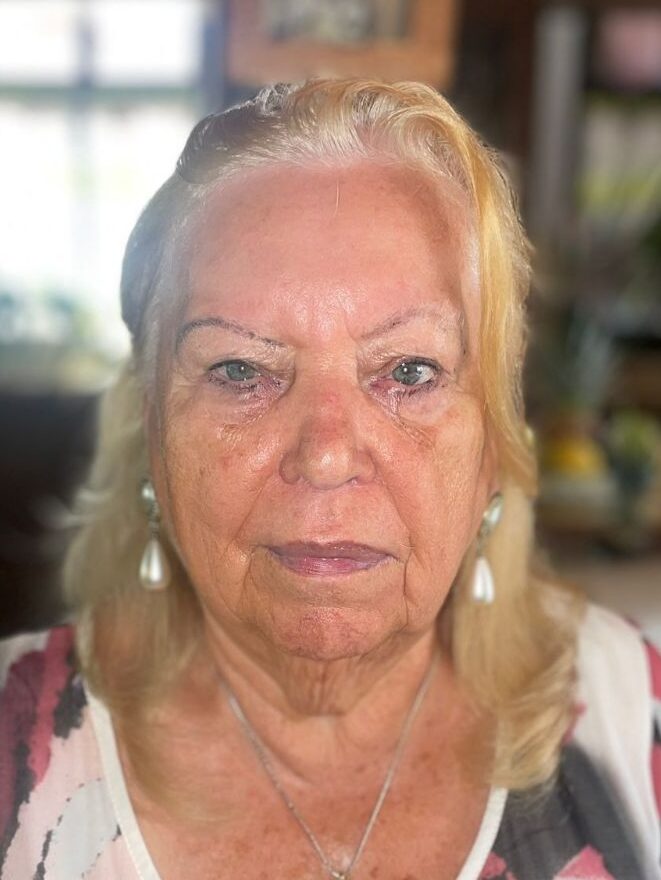
Holocaust survivor
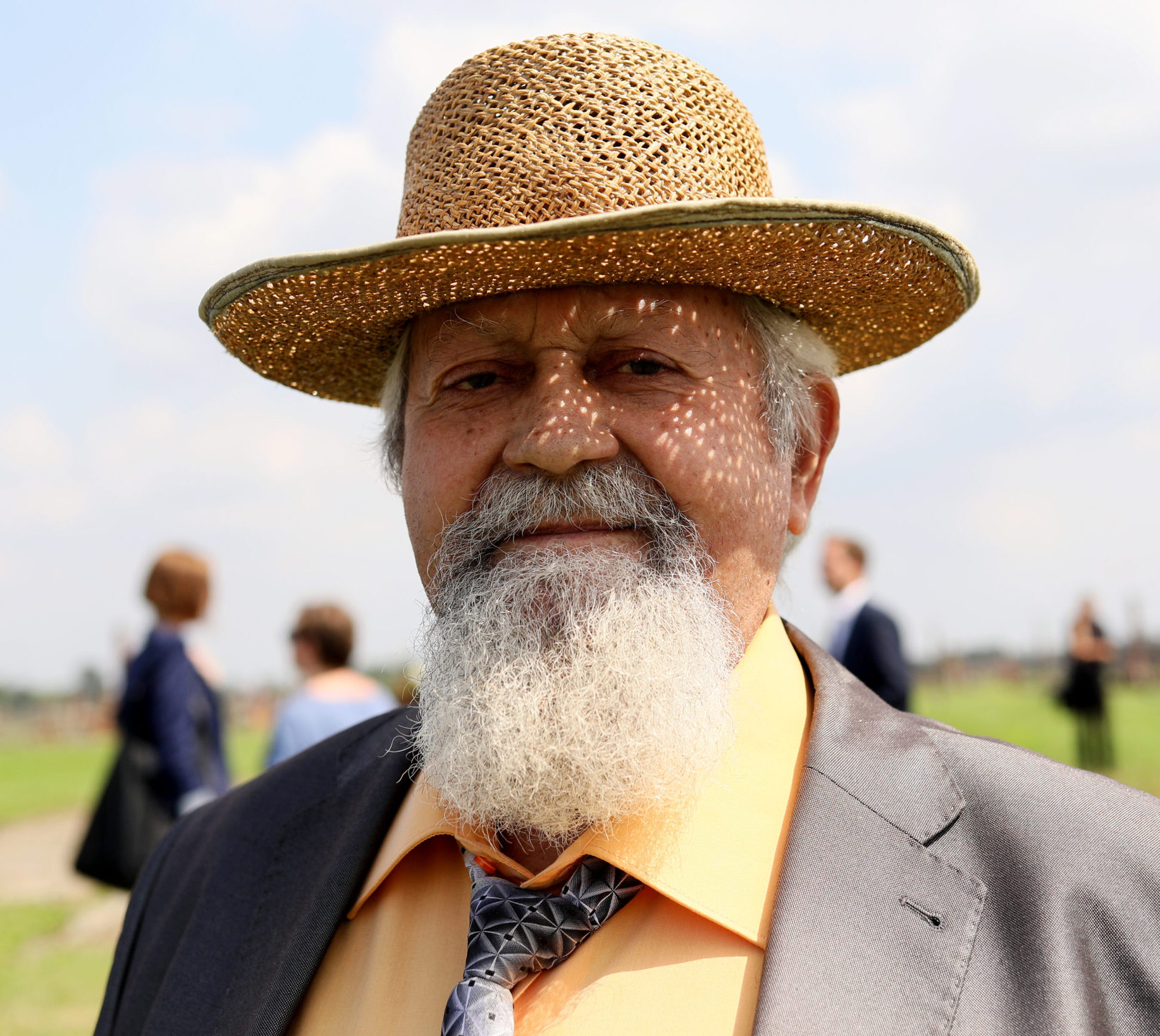
Holocaust survivor

Auschwitz survivor, member of the International Auschwitz Council

President of the German Bundestag

President of the Parliamentary Assembly of the Council of Europe
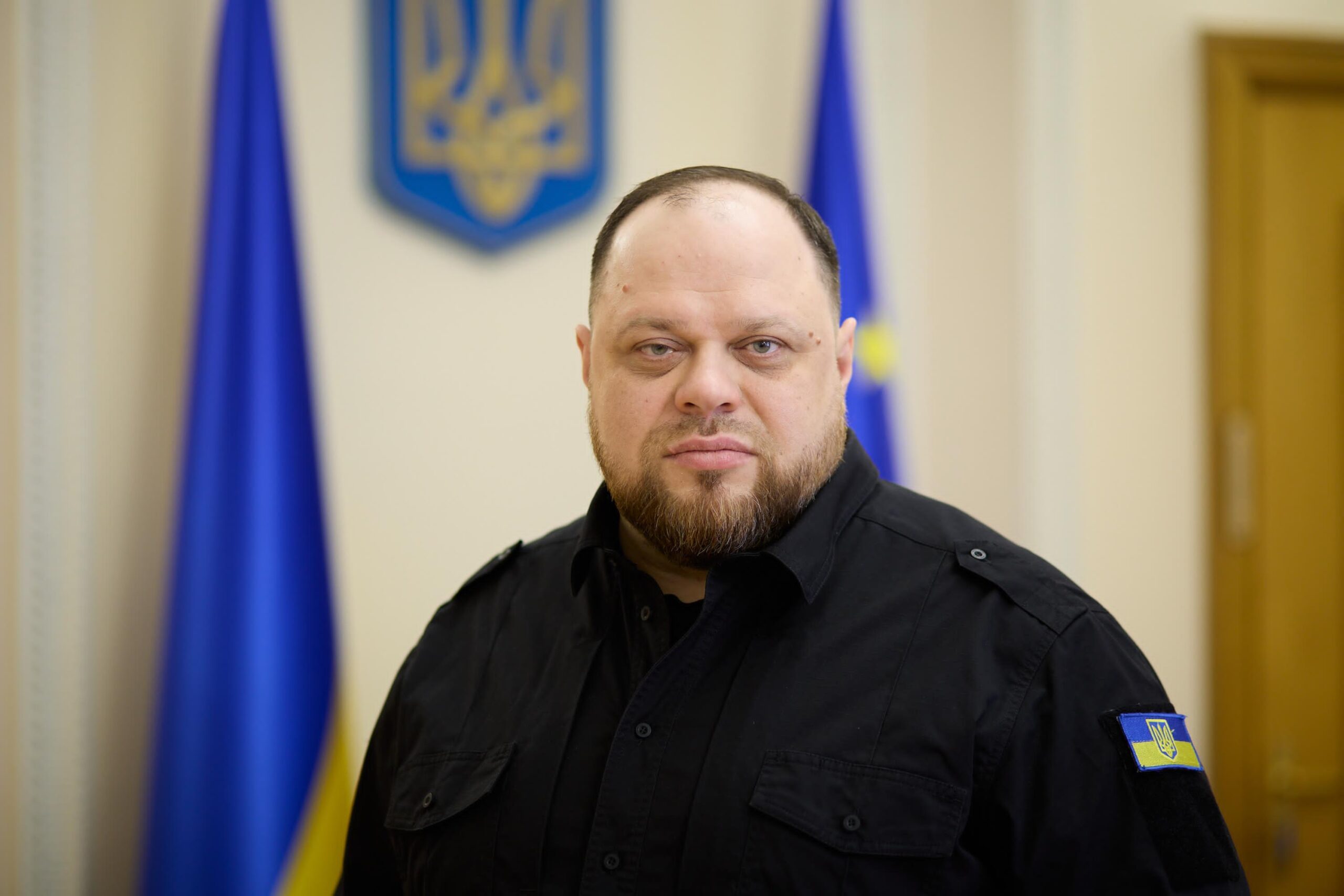
Chairman of the Verkhovna Rada of Ukraine
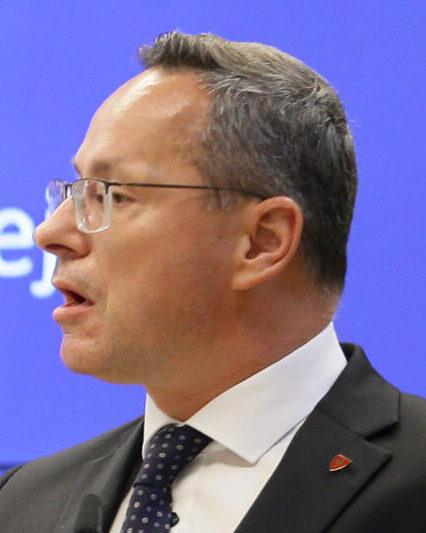
Deputy Speaker of the Lithuanian Seimas (Parliament)

Deputy President of the Polish Parliament

Speaker of the Chamber of Deputies of the Parliament of the Czech Republic

H.E. The President of the House of Representatives of the Republic of Cyprus
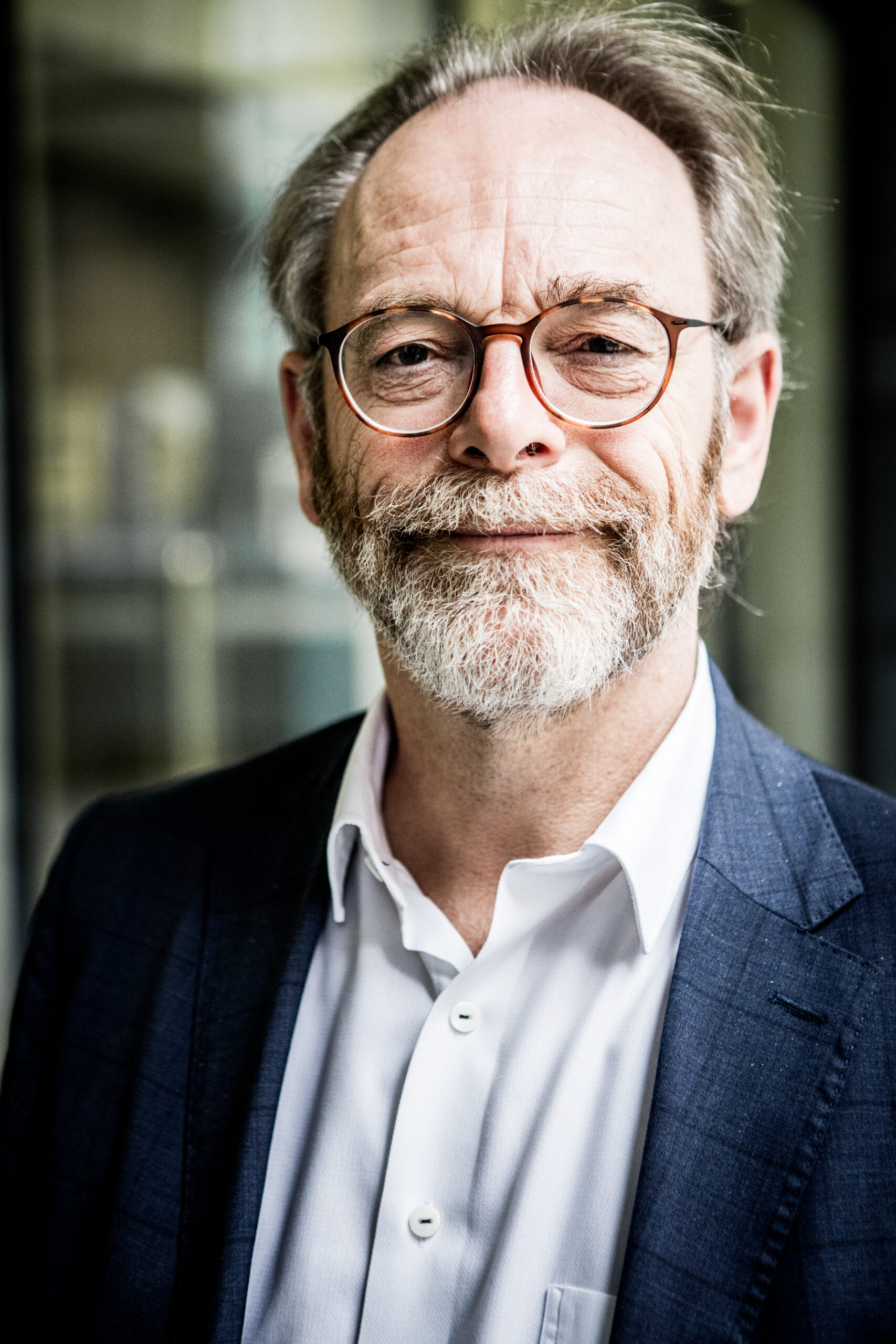
President of the Belgian House of Representatives

United Nations Secretary-General

European Commissioner for Equality

UN High Commissioner for Human Rights

Council of Europe Commissioner for Human Rights

Chair of the International Holocaust Remembrance Alliance, UK Presidency

First Deputy Director of the OSCE Office for Democratic Institutions and Human Rights

Marshal of the Senate of the Republic of Poland

President of the Bundesrat of Germany
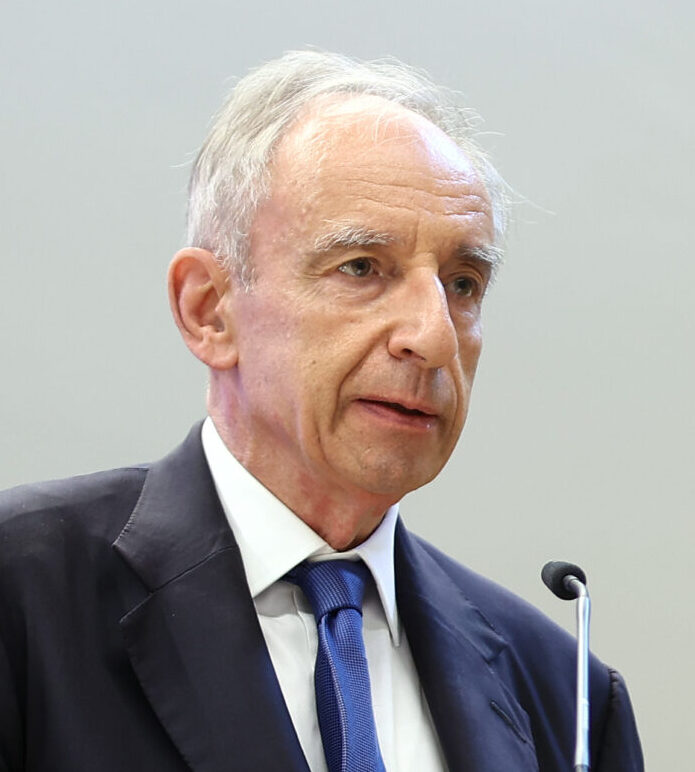
Secretary of State, Polish Ministry of Foreign Affairs

State Minister for Culture and the edia of Germany

Member of the Bundestag, Federal Minister of Finance

Chairman of Yad Vashem, the World Holocaust Remembrance Centre

Special Envoy for Holocaust Issues, Bureau of European and Eurasian Affairs, U.S. Department of State

Member of the Bundestag, Leader of CDU

Member of the Bundestag, Co-leader of SPD

Federal Government Commissioner against Antigypsyism

Head of the State Chancellery Bavaria/Minister of State for Federal Affairs and Media

Co-president of the Greens in the European Parliament

Chairwoman of DIE LINKE
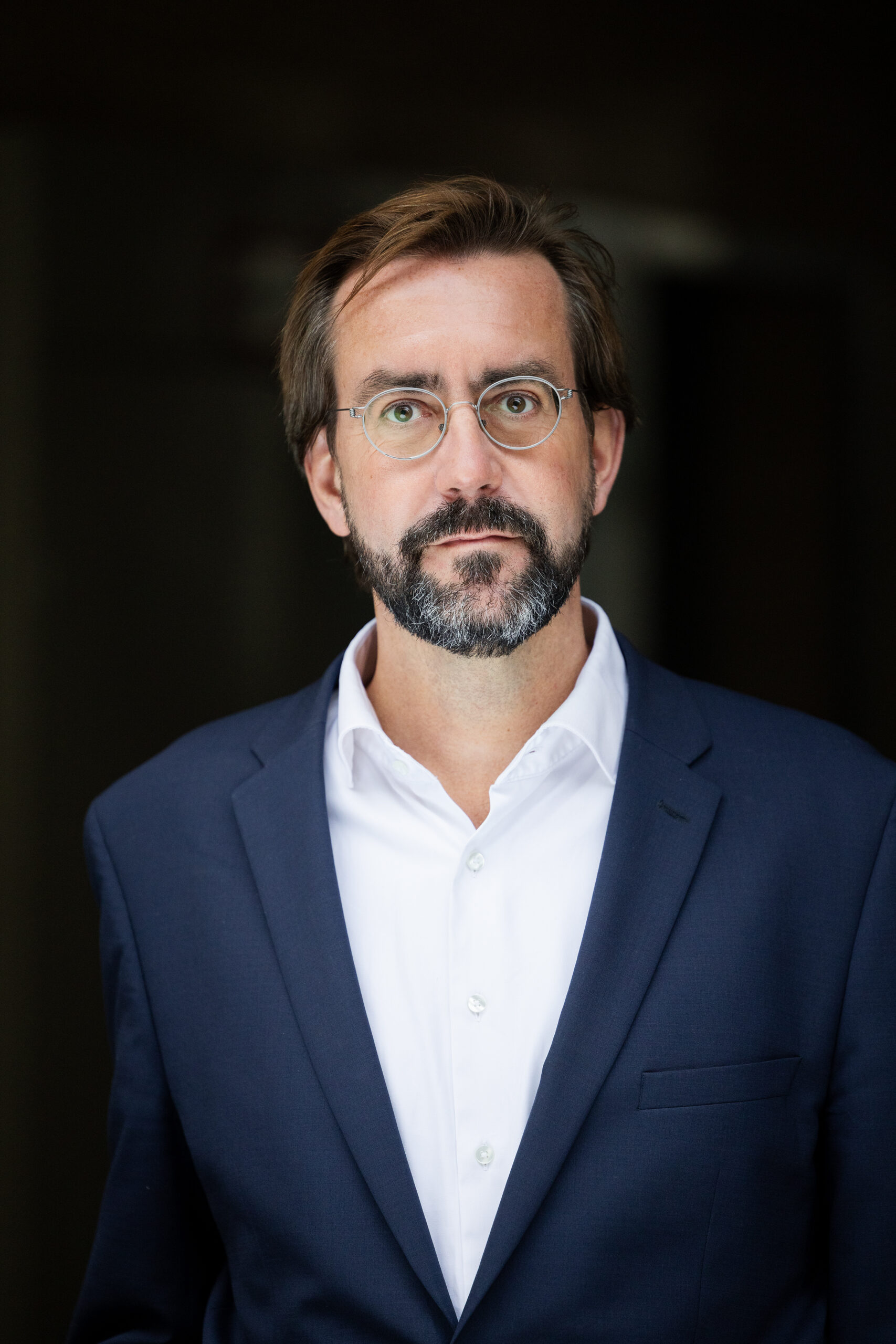
Deputy Secretary General /
Managing Director Human Rights Impact

American Poet
“I would like to call on young people around the world in particular to carry the memories of us eye-witnesses and the remembrance into the future. I hope that you will stand up for democracy and against antigypsyism, antisemitism and all forms of racism with courage and commitment.” (Christian Pfeil – January 26, 2024)
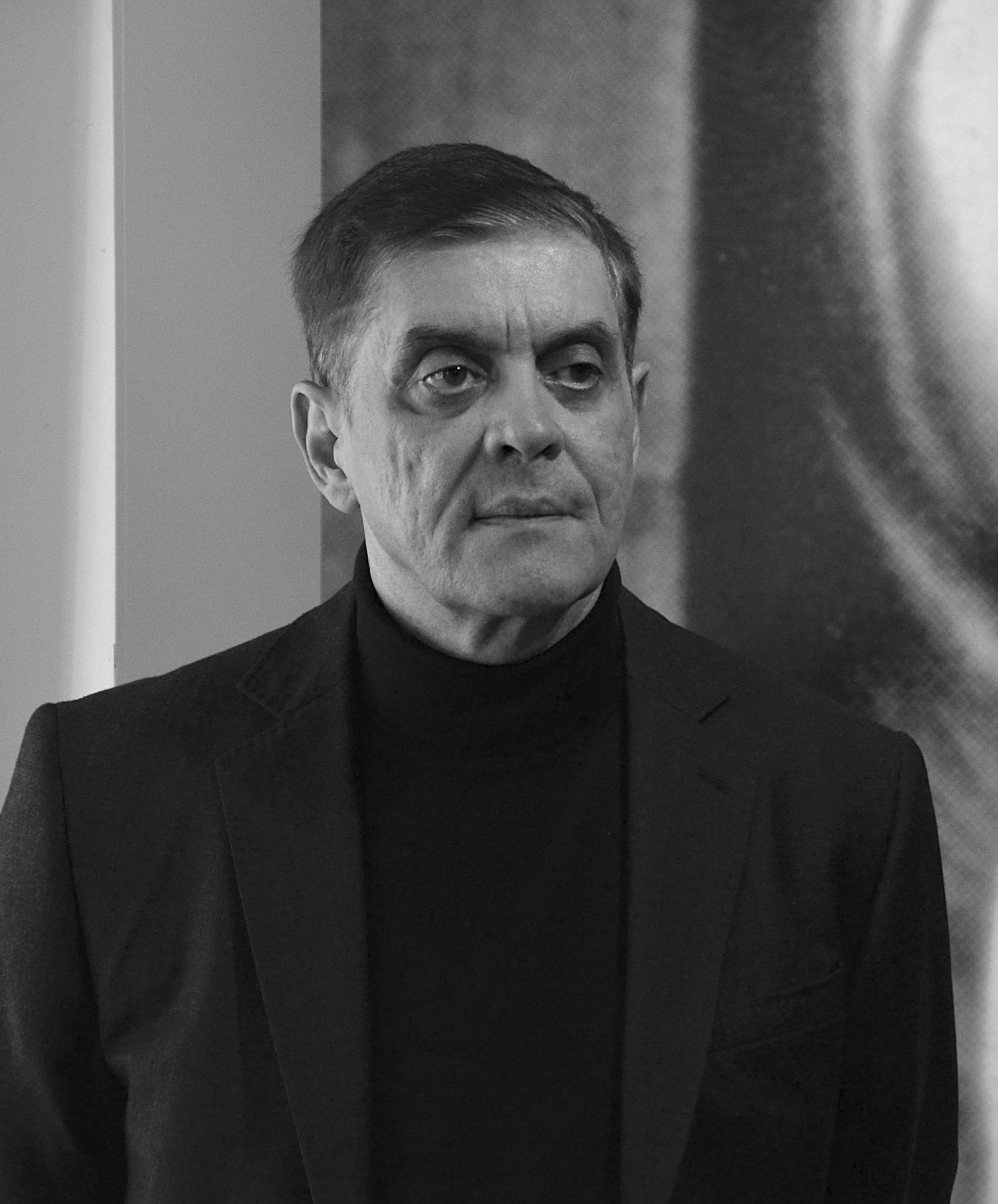
Chairman of the Central Council of German Sinti and Roma

Vice President of the European Parliament

European Commissioner for Equality

Holocaust survivor
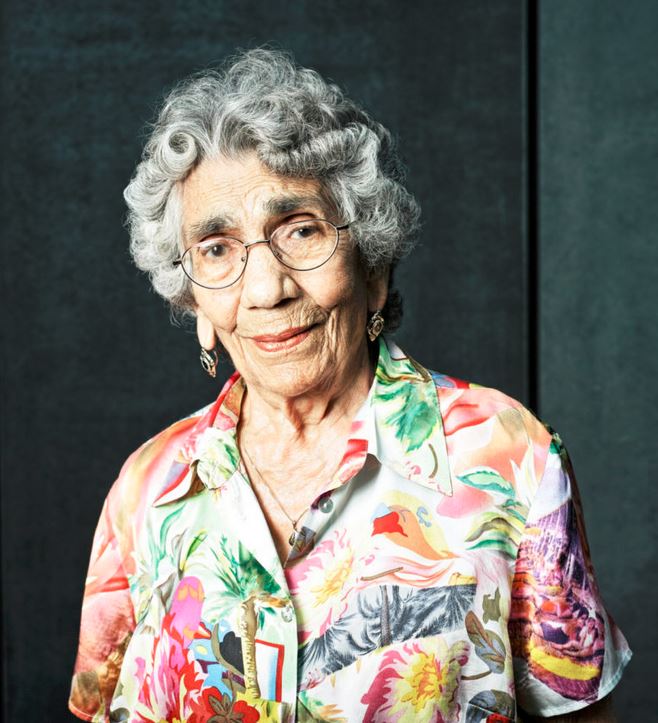
Holocaust survivor
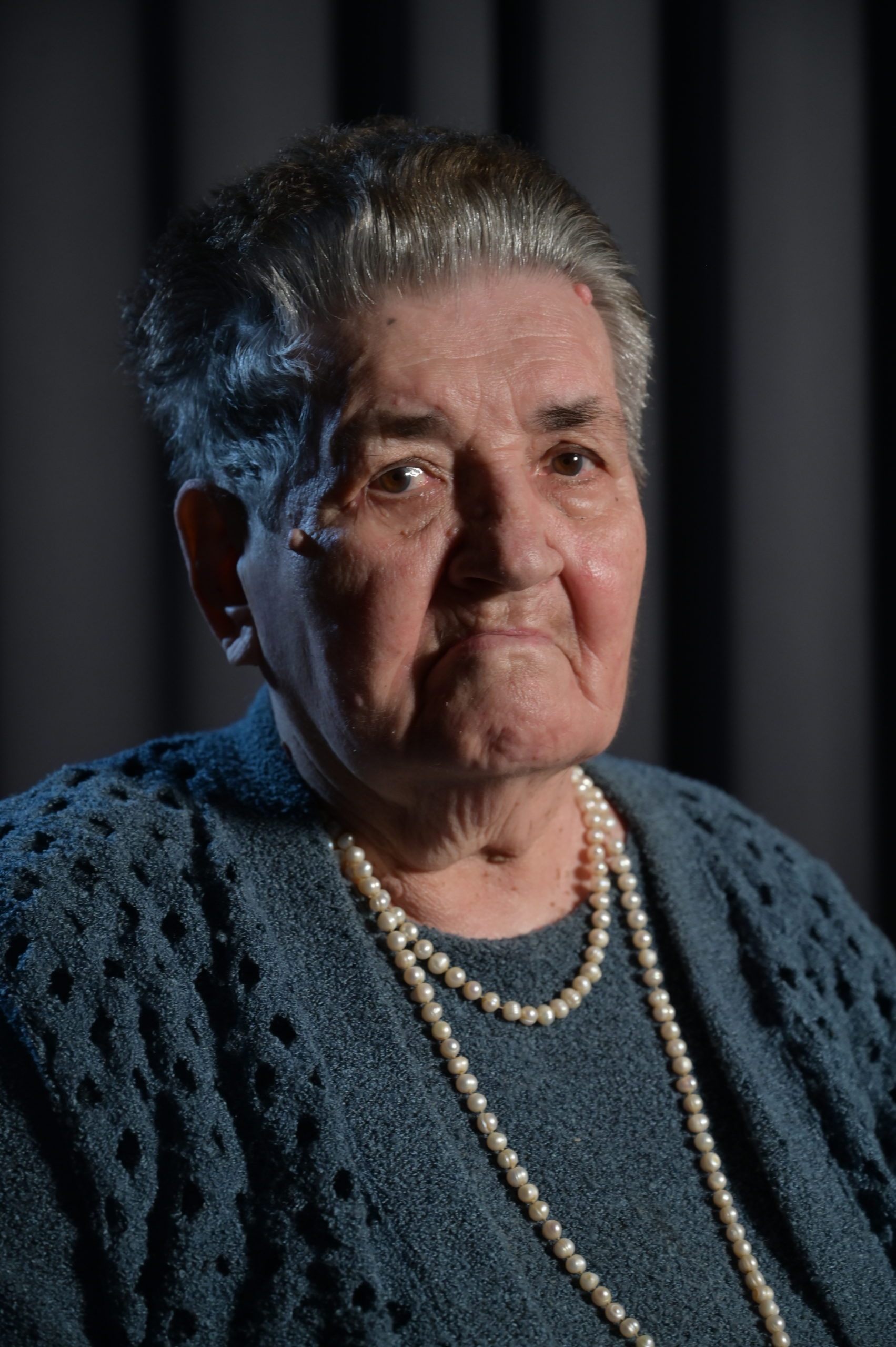
Holocaust survivor
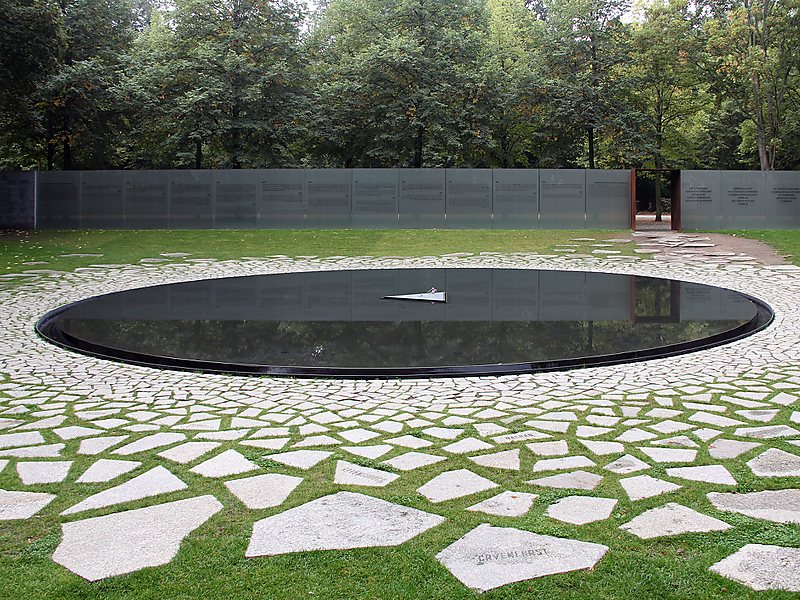
Memorial to the Sinti and Roma of Europe murdered under National Socialism, Berlin (DE), 2 August 2020, 21:00 CET
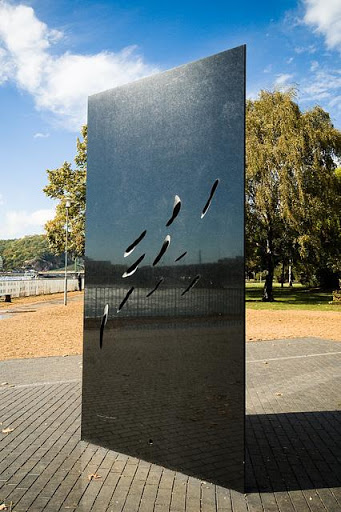
Nehru Part, Budapest (HU), 1 August 2020 17:00 CET – 2 August 2020 17:00 CET
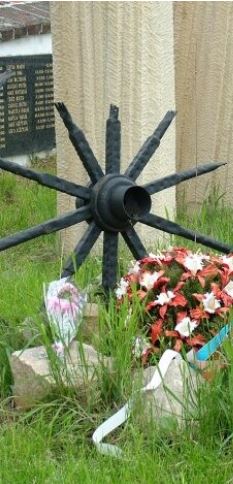
LIVE BROADCAST on Sunday, 2 August 2020, at noon CET
Commemoration speech on the occasion of 2 August 2023, Holocaust Memorial Day for Sinti and Roma
More statements of Roma and Sinti testimonies and survivors of the Holocaust read here >>
of the Holocaust of Sinti and Roma
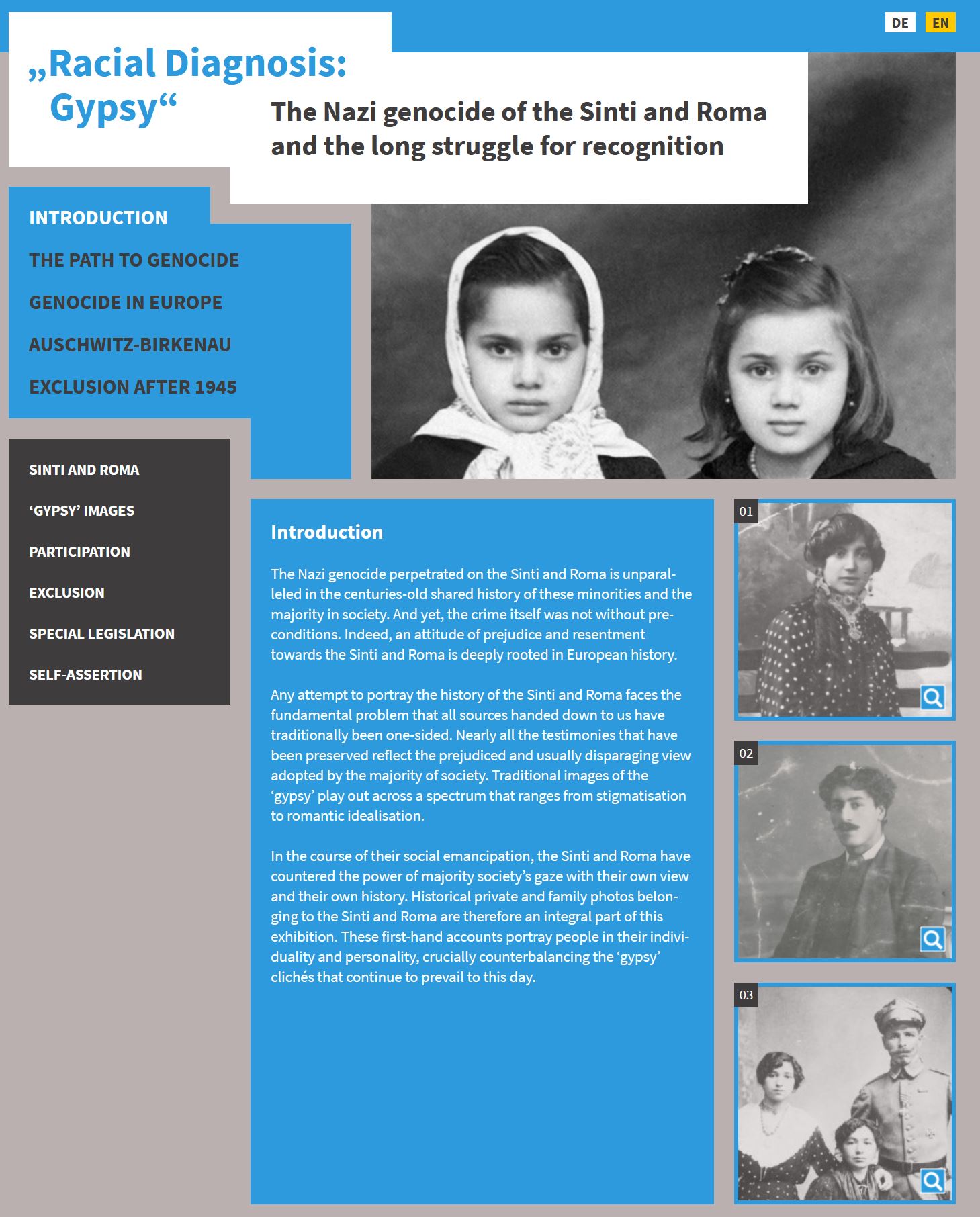
Online portal about the Holocaust of the Sinti and Roma
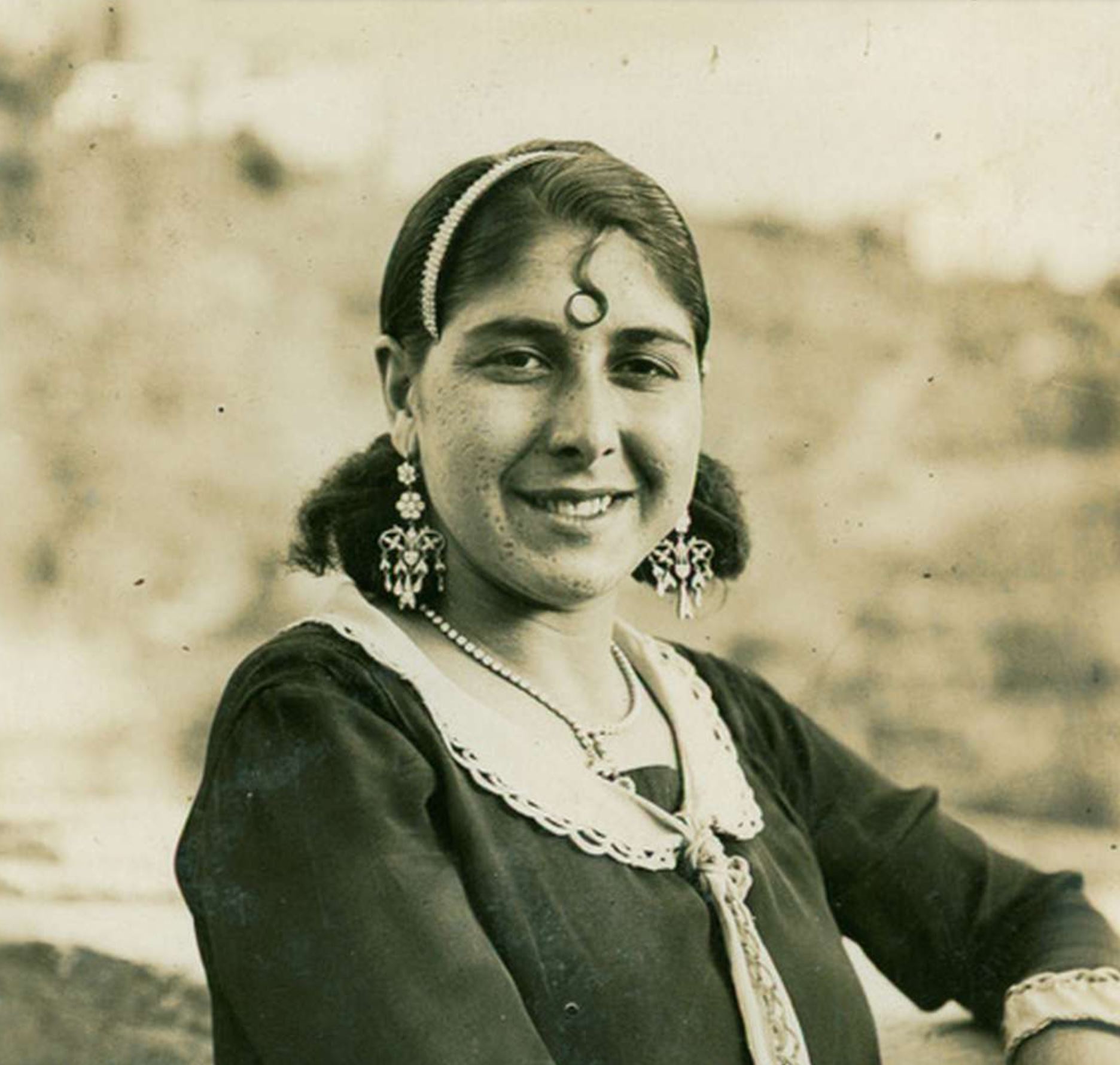
Digital archive for Romani arts and culture
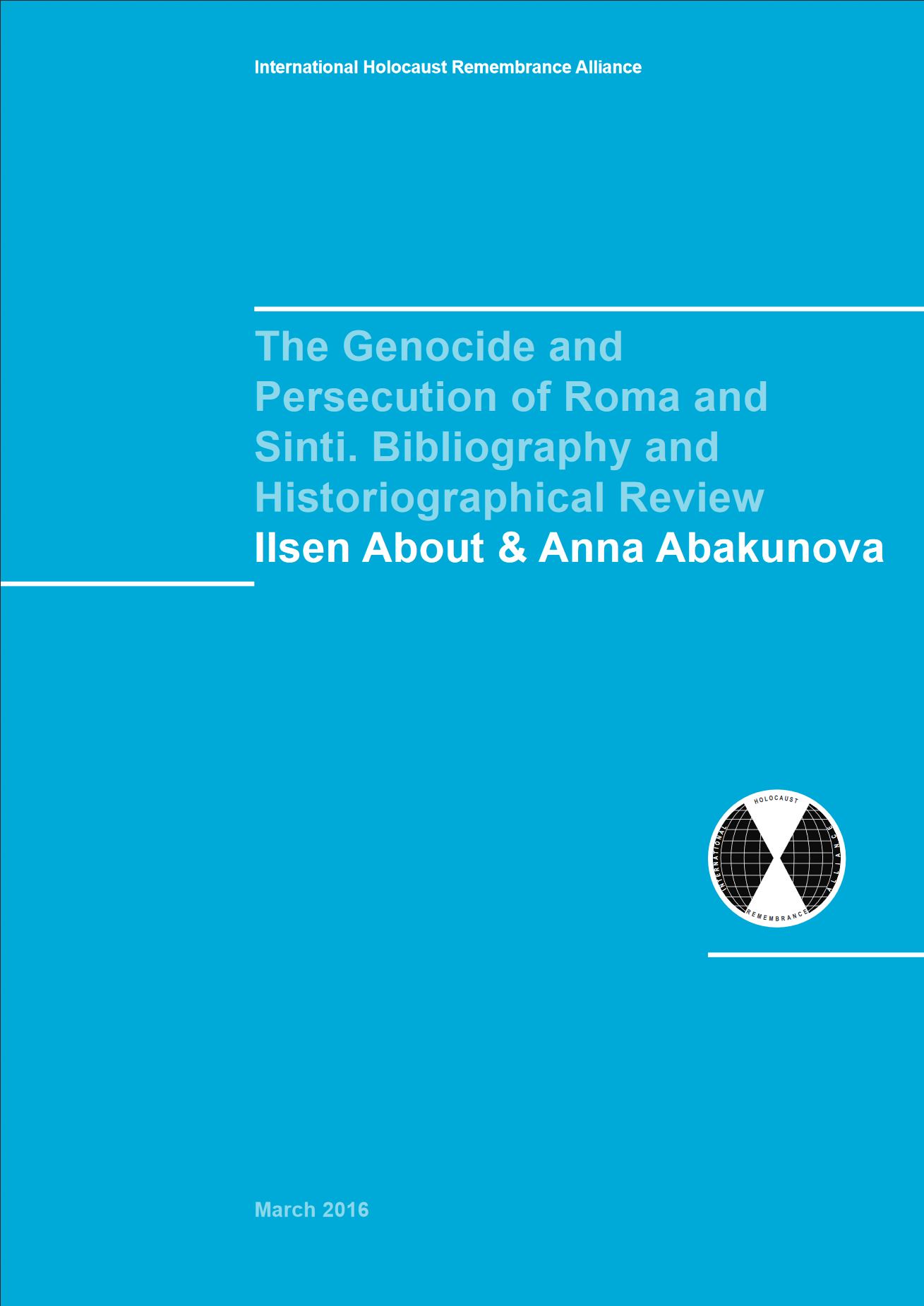
A project by the IHRA Committee on the Genocide of the Roma
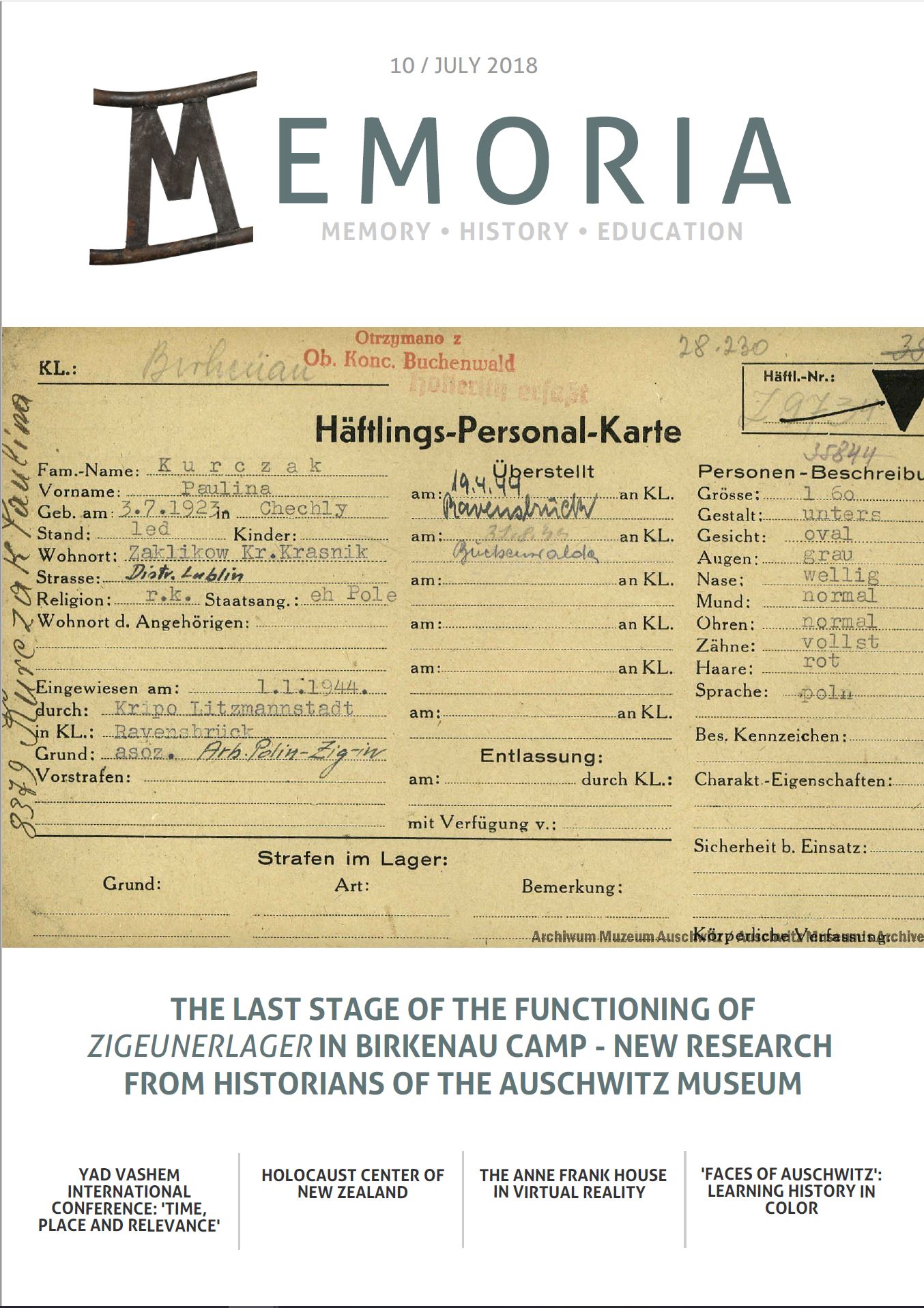
Recent research by historians of the Auschwitz Museum
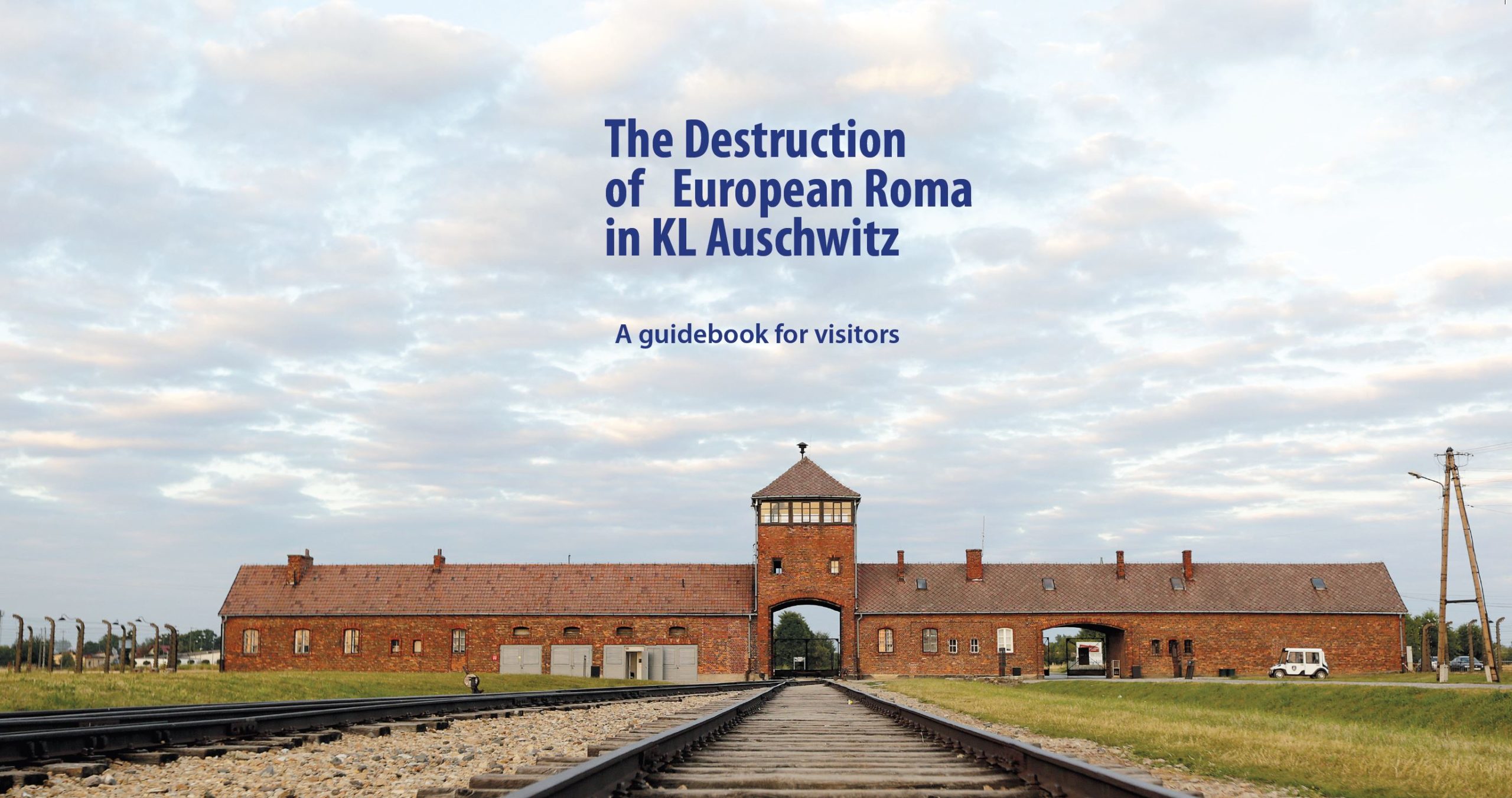
A guidebook for visitors
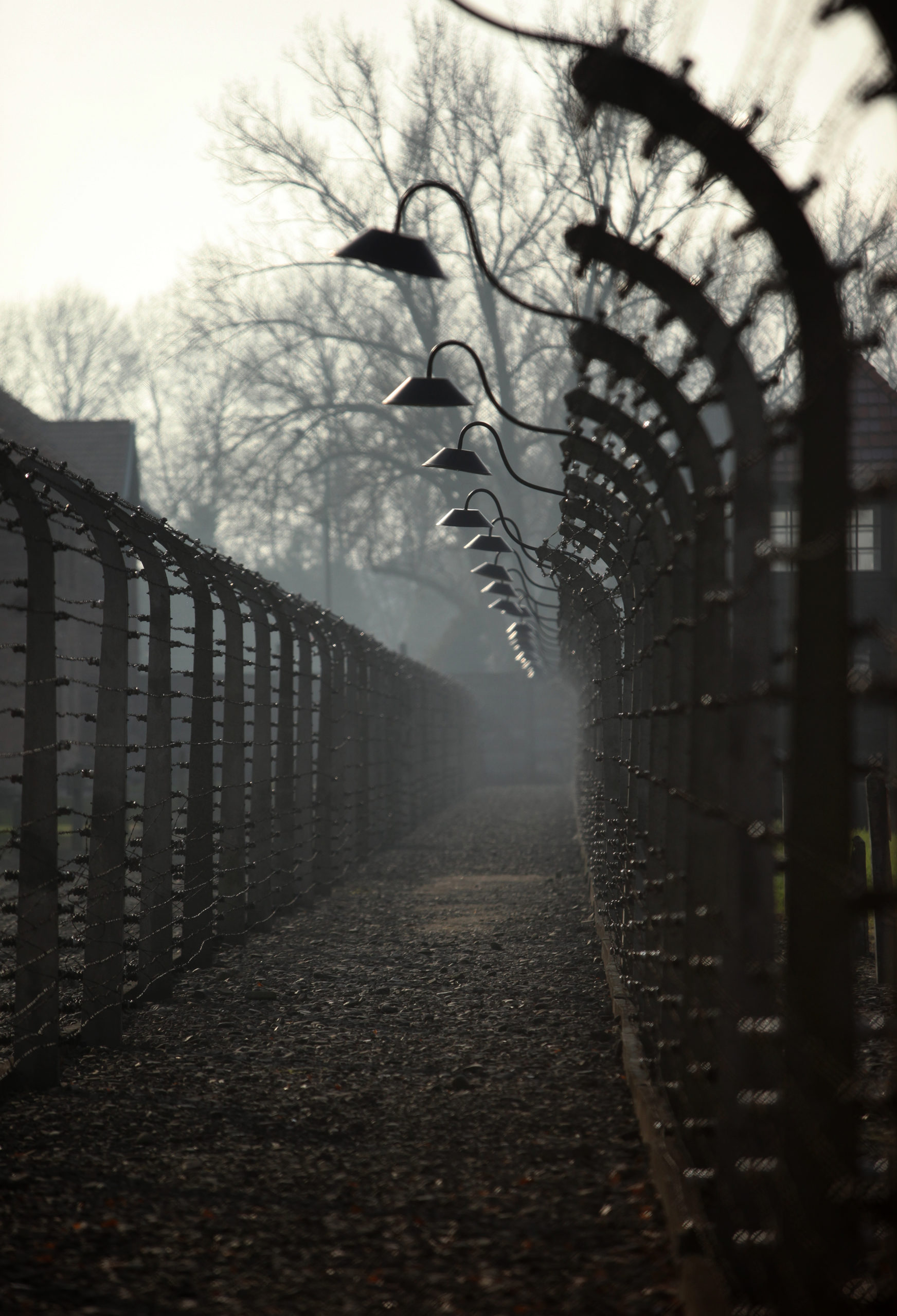
Extract from “The Destruction of European Roma in KL Auschwitz: A guidebook for visitors”
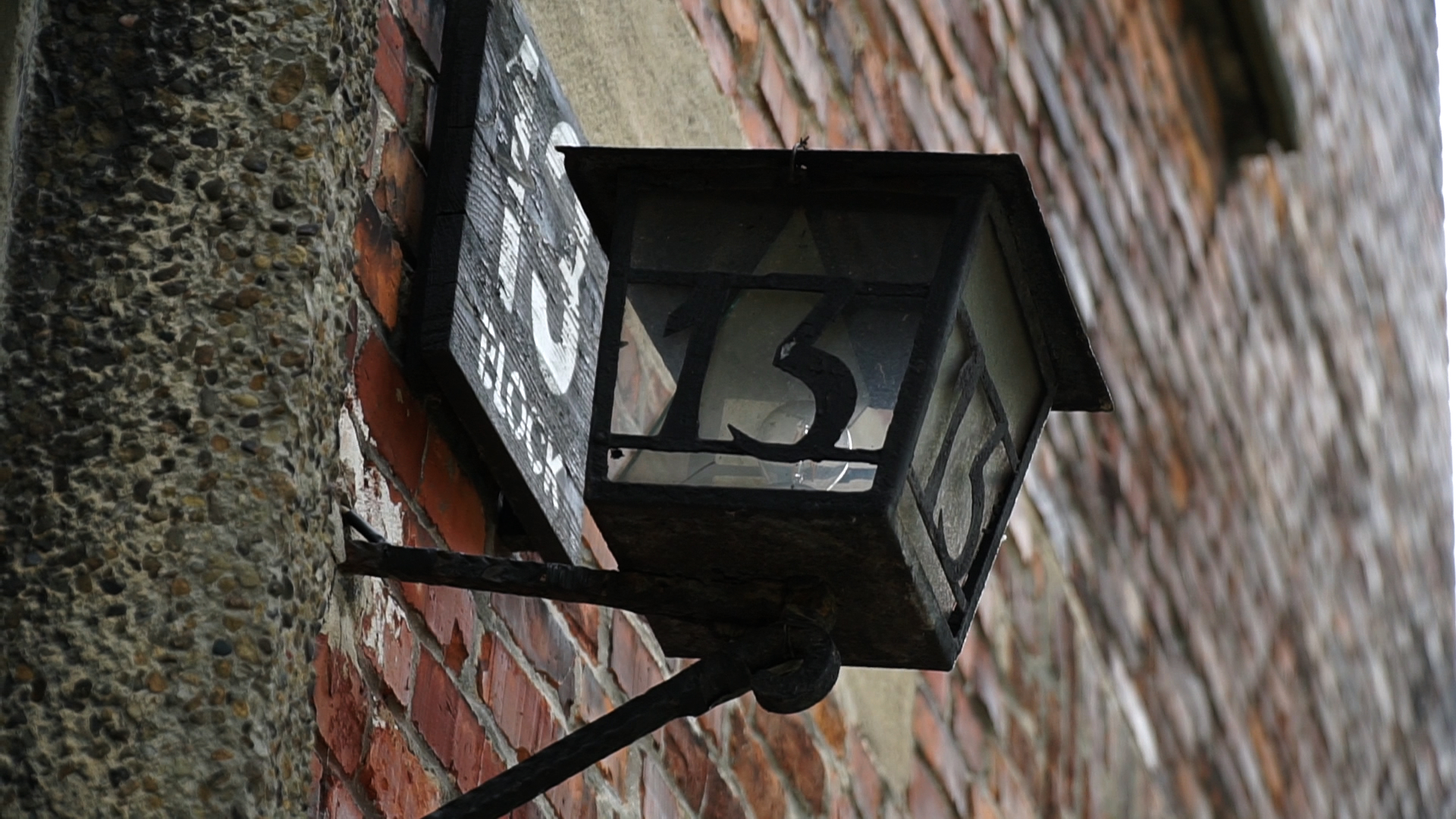
The permanent exhibition on the genocide of Sinti and Roma at the Auschwitz-Museum; 3 min video
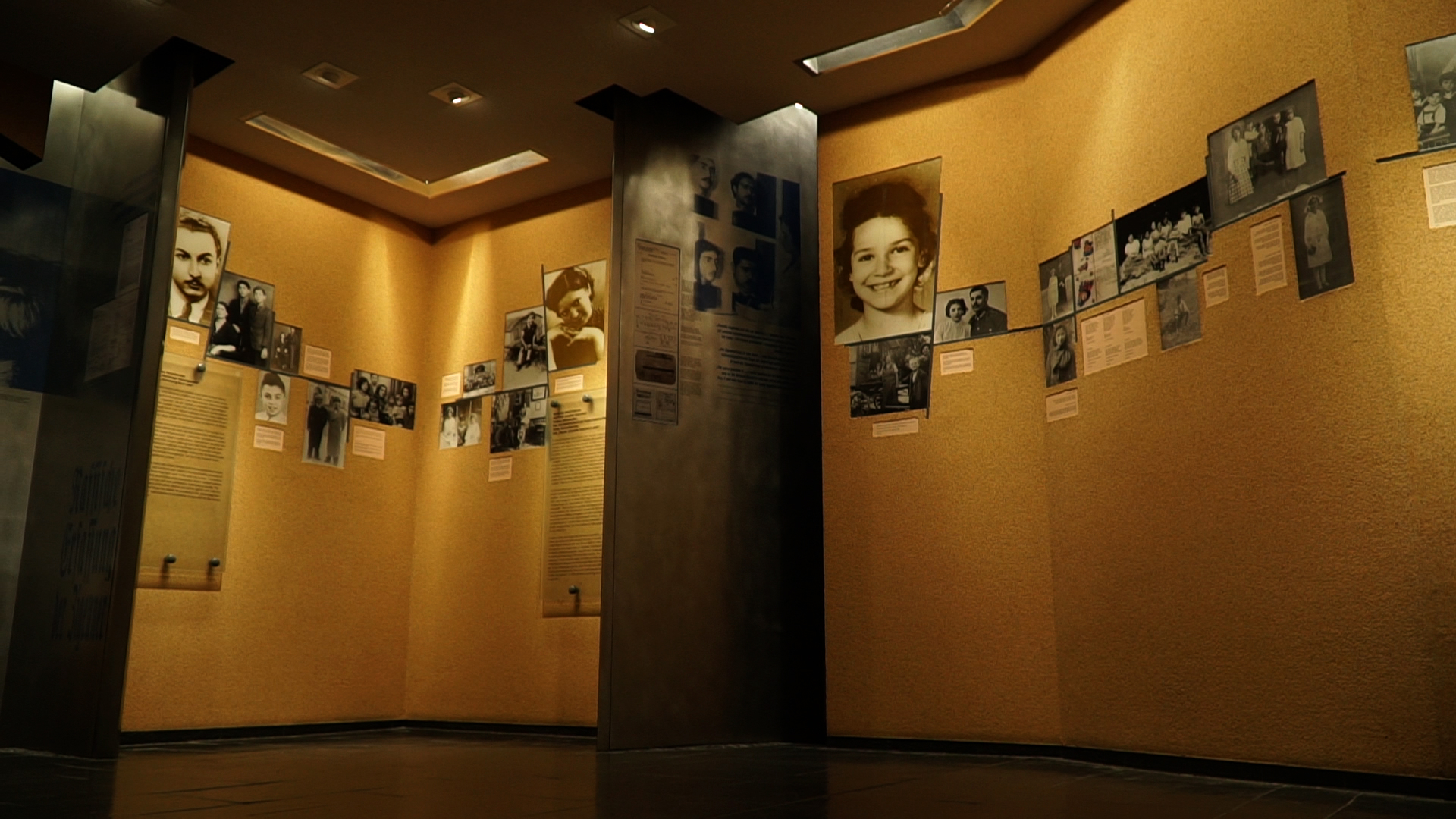
The permanent exhibition on the genocide of Sinti and Roma at the Auschwitz-Museum; 5 min video
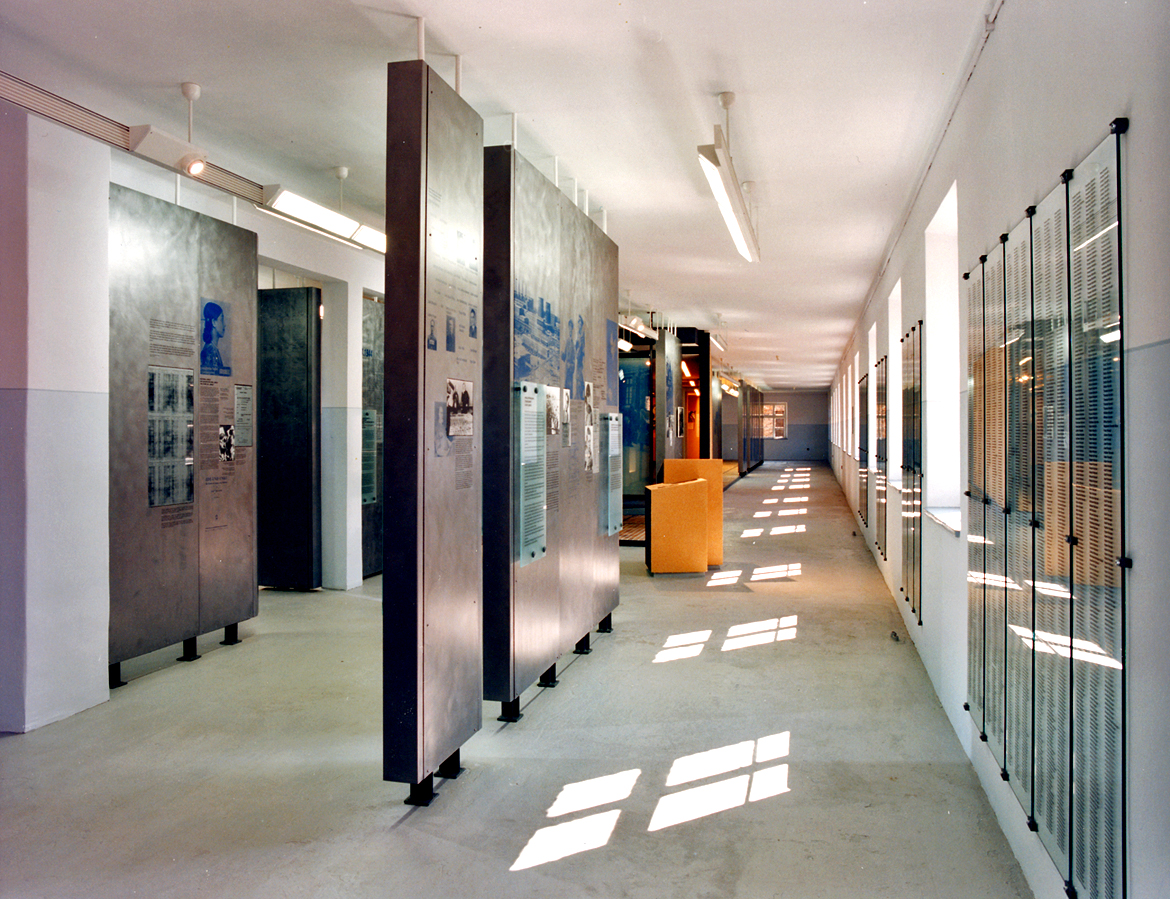
The permanent exhibition at Auschwitz-Birkenau State Museum
This video presents the context of the permanent exhibition on the genocide of Sinti and Roma in Nazi occupied Europe, which is based in Block 13 at the Auschwitz-Birkenau State Museum. The video shows how the exhibition highlights – through a unique collection of family photos and documents – a normality of every-day life between neighbours in various European states. The exhibition illustrates how this normality was gradually destroyed by the Nazi regime. On the basis of racial ideology, Sinti and Roma, just like the Jews, were gradually disenfranchised, deprived of their livelihoods and finally deported to the extermination camps. 500,000 Sinti and Roma were murdered in Nazi occupied Europe.
of the Holocaust of Sinti and Roma
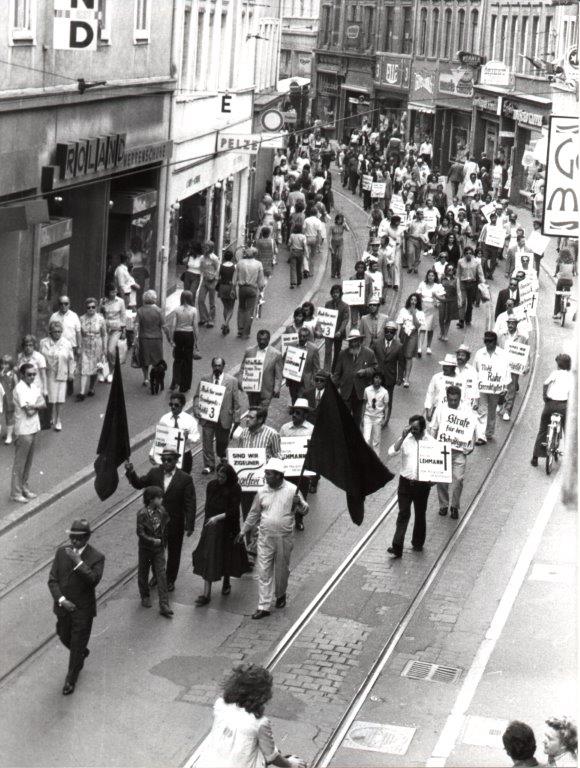
Exhibition “The long path to recognition of the Roma and Sinti Holocaust”
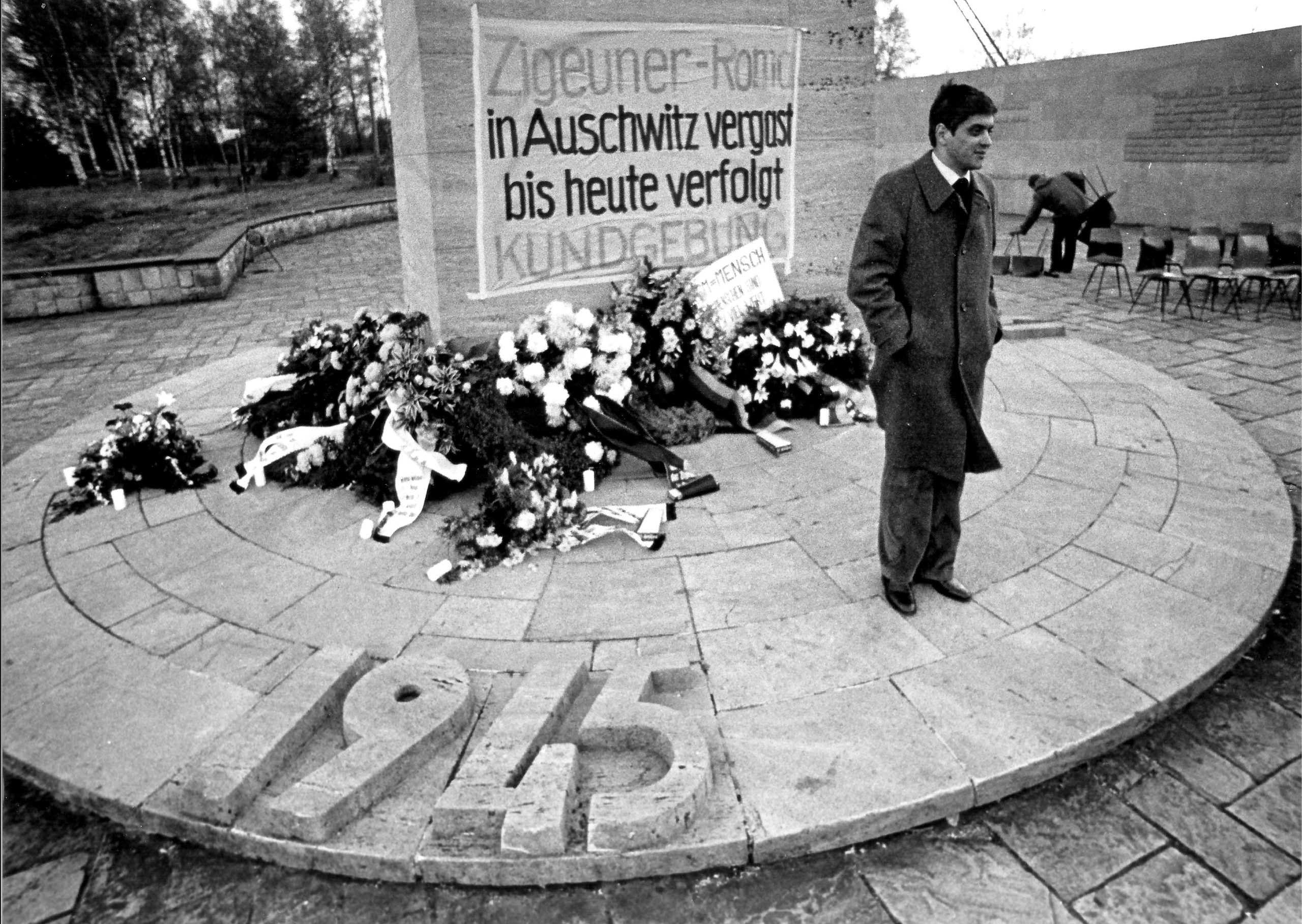
Exhibition “The long path to recognition of the Roma and Sinti Holocaust”
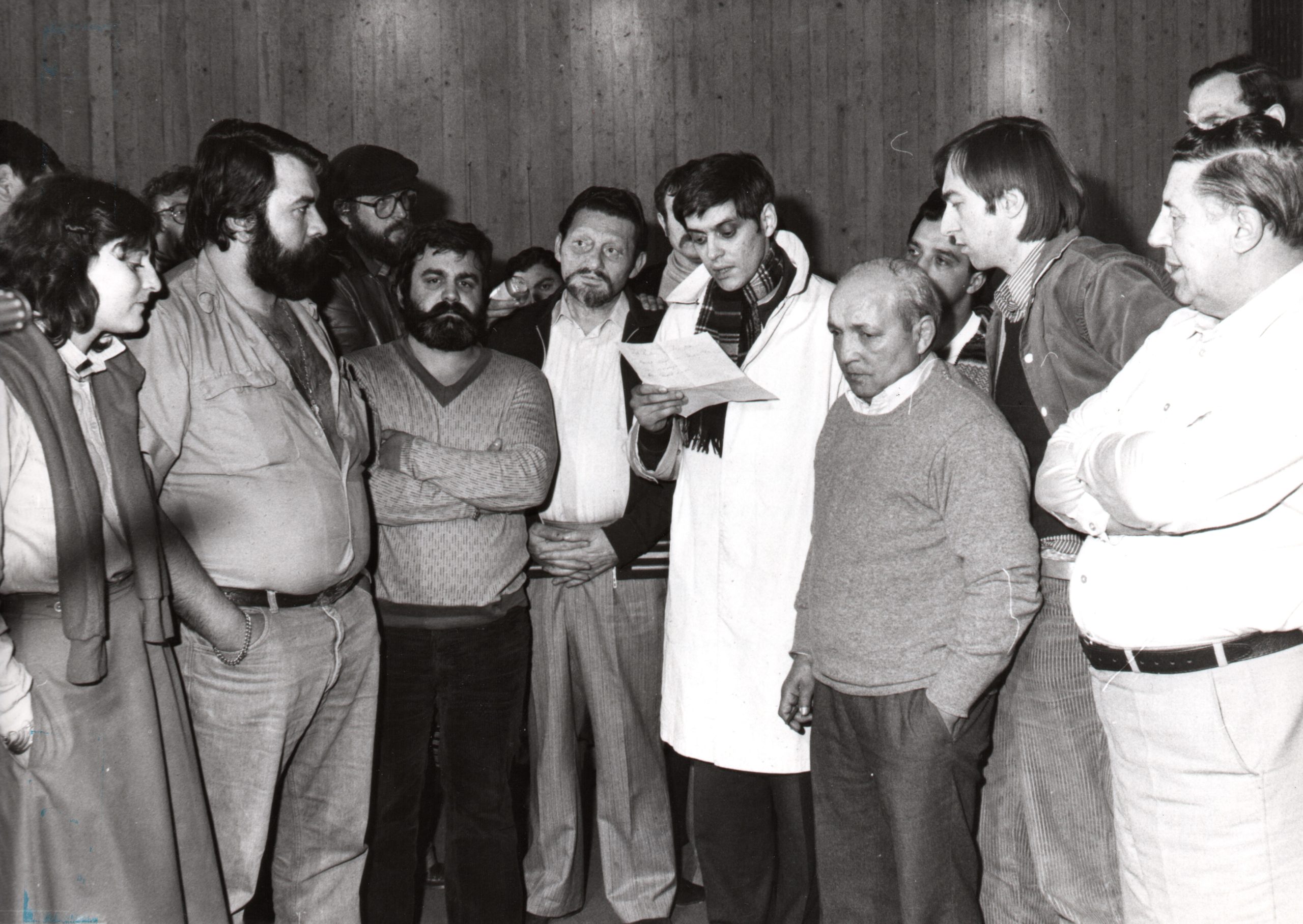
Exhibition “The long path to recognition of the Roma and Sinti Holocaust”
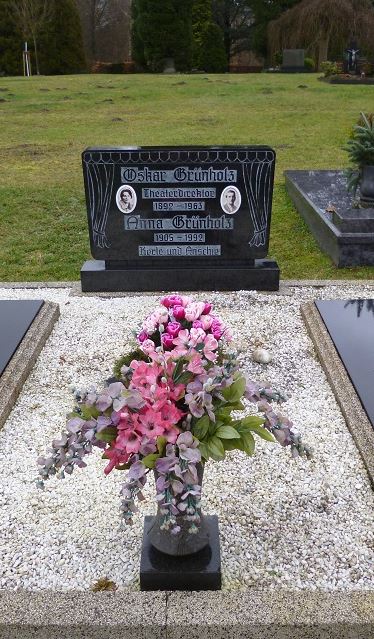
The estimated 4000 graves of Holocaust survivors are permanently preserved as family memorials and places of remembrance for future generations
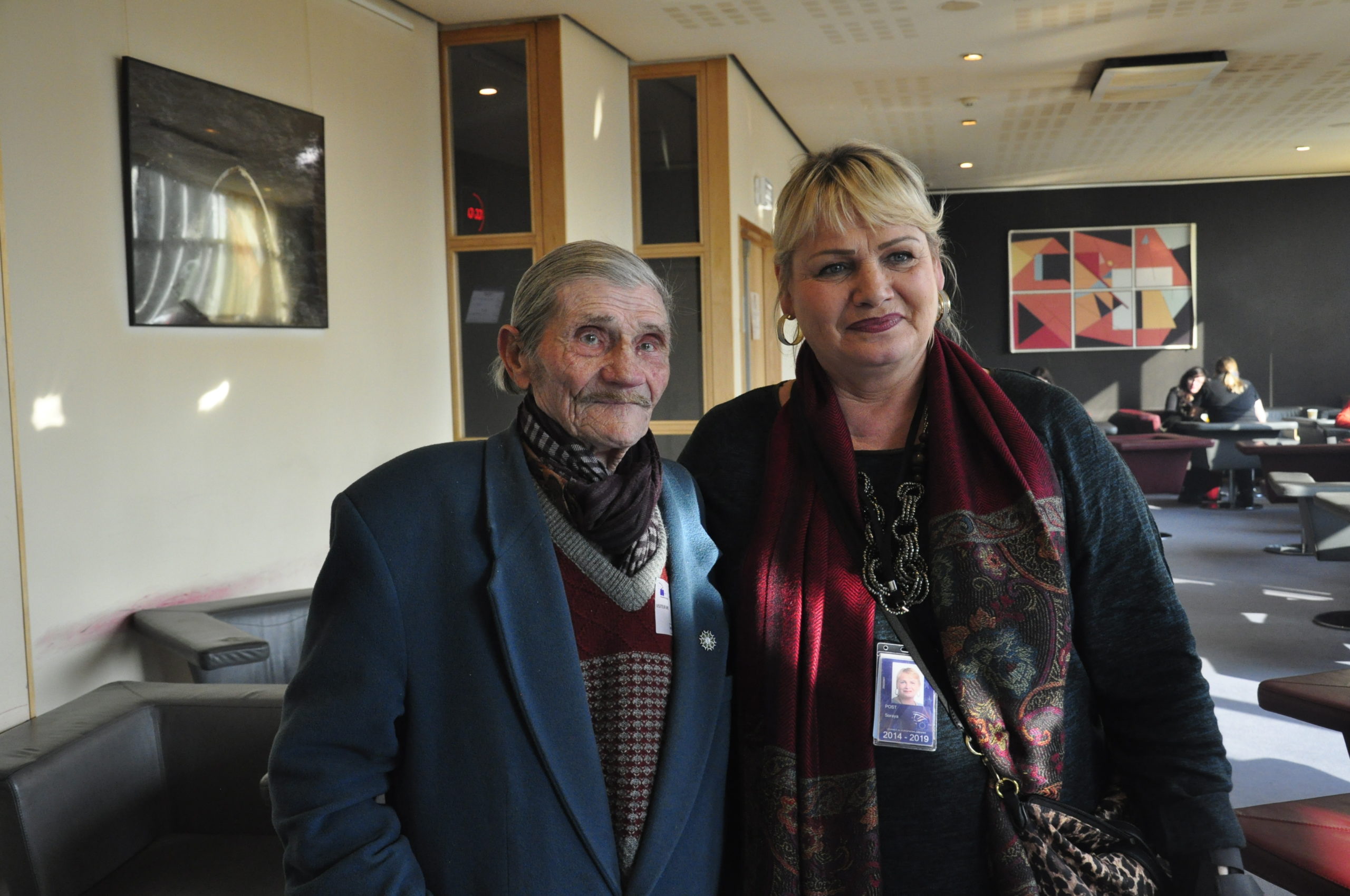
Exhibition “The long path to recognition of the Roma and Sinti Holocaust”
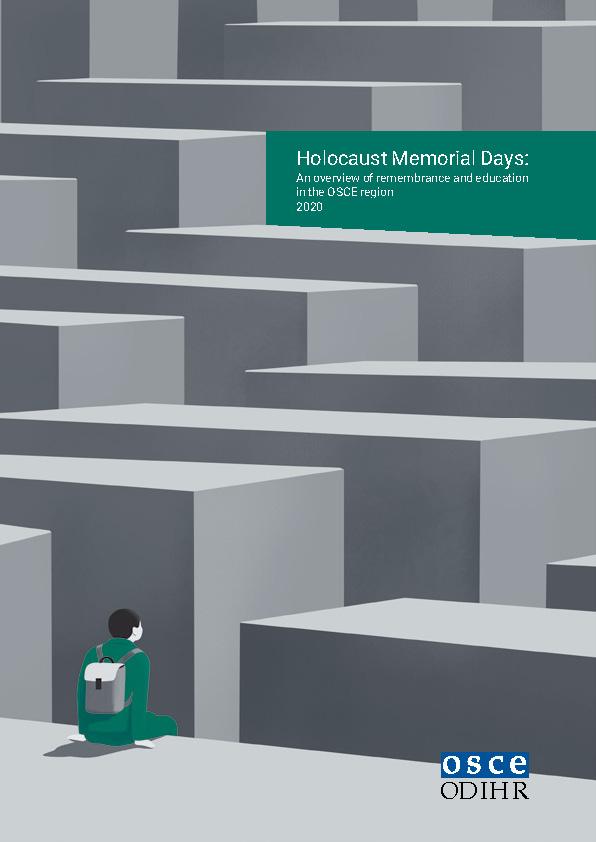
An overview of remembrance and education in the OSCE region
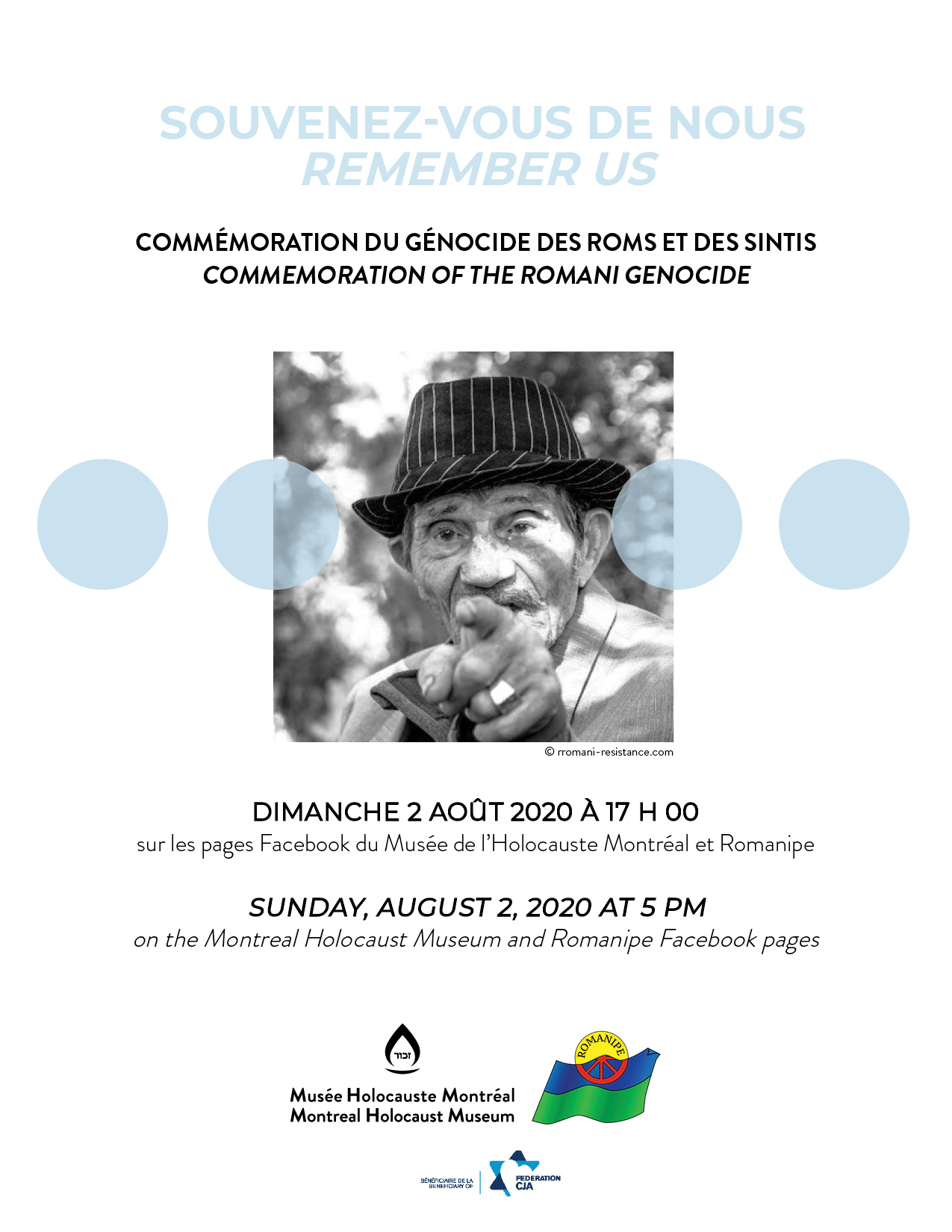
2 August 2020, 2 August, 17:00 EST (UTC−04:00), Virtual Event
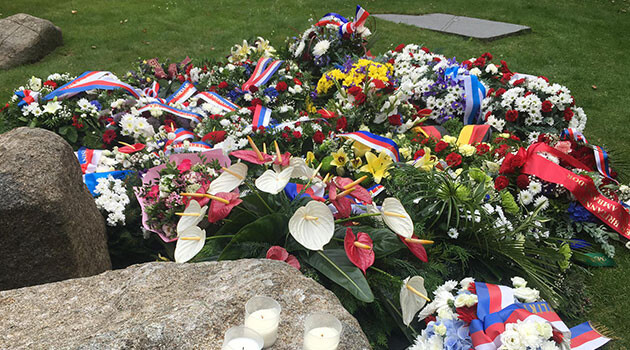
Commemorative ceremony at Lety u Písku, 2 August 2020. (PHOTO:
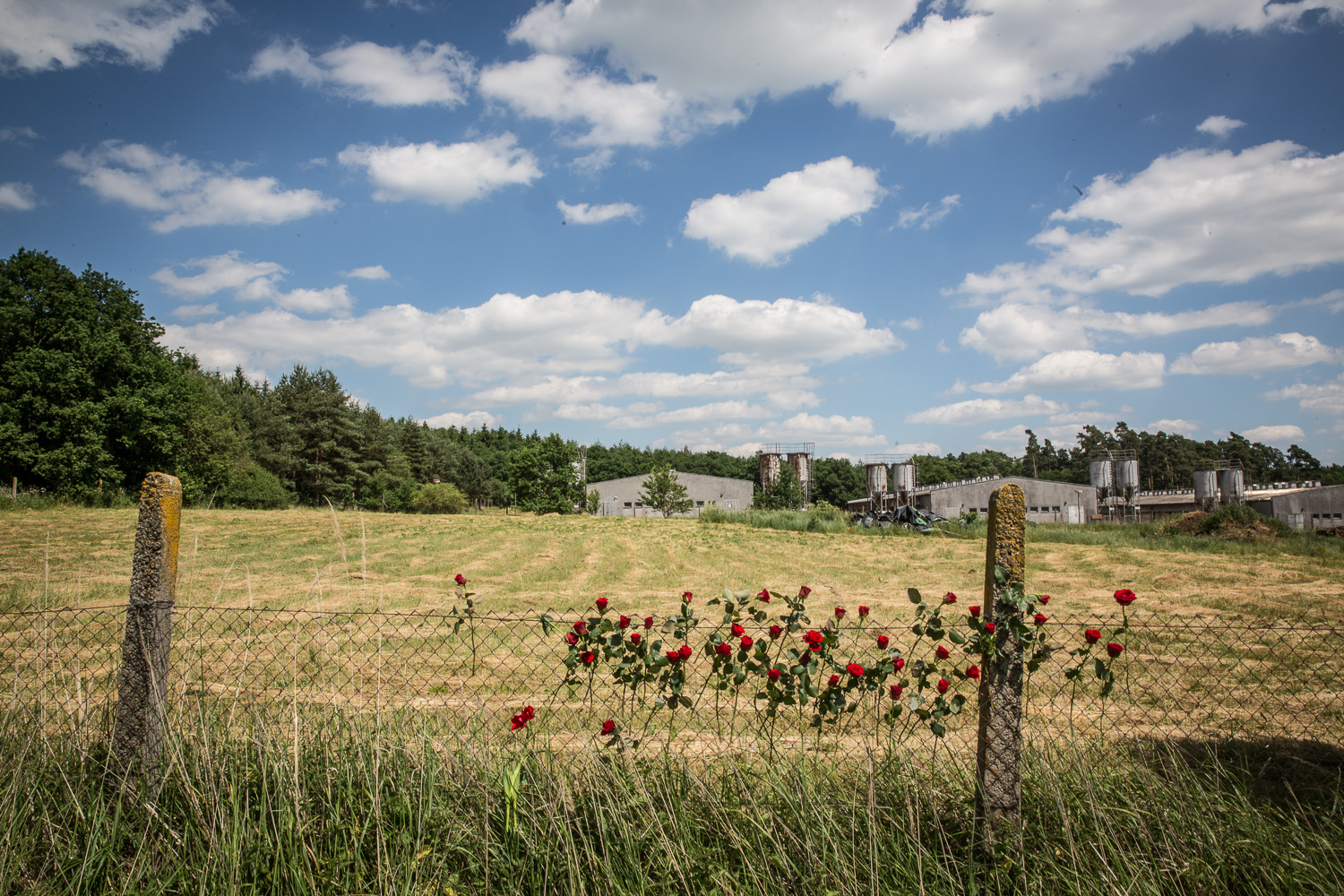
Exhibition “The long path to recognition of the Roma and Sinti Holocaust”
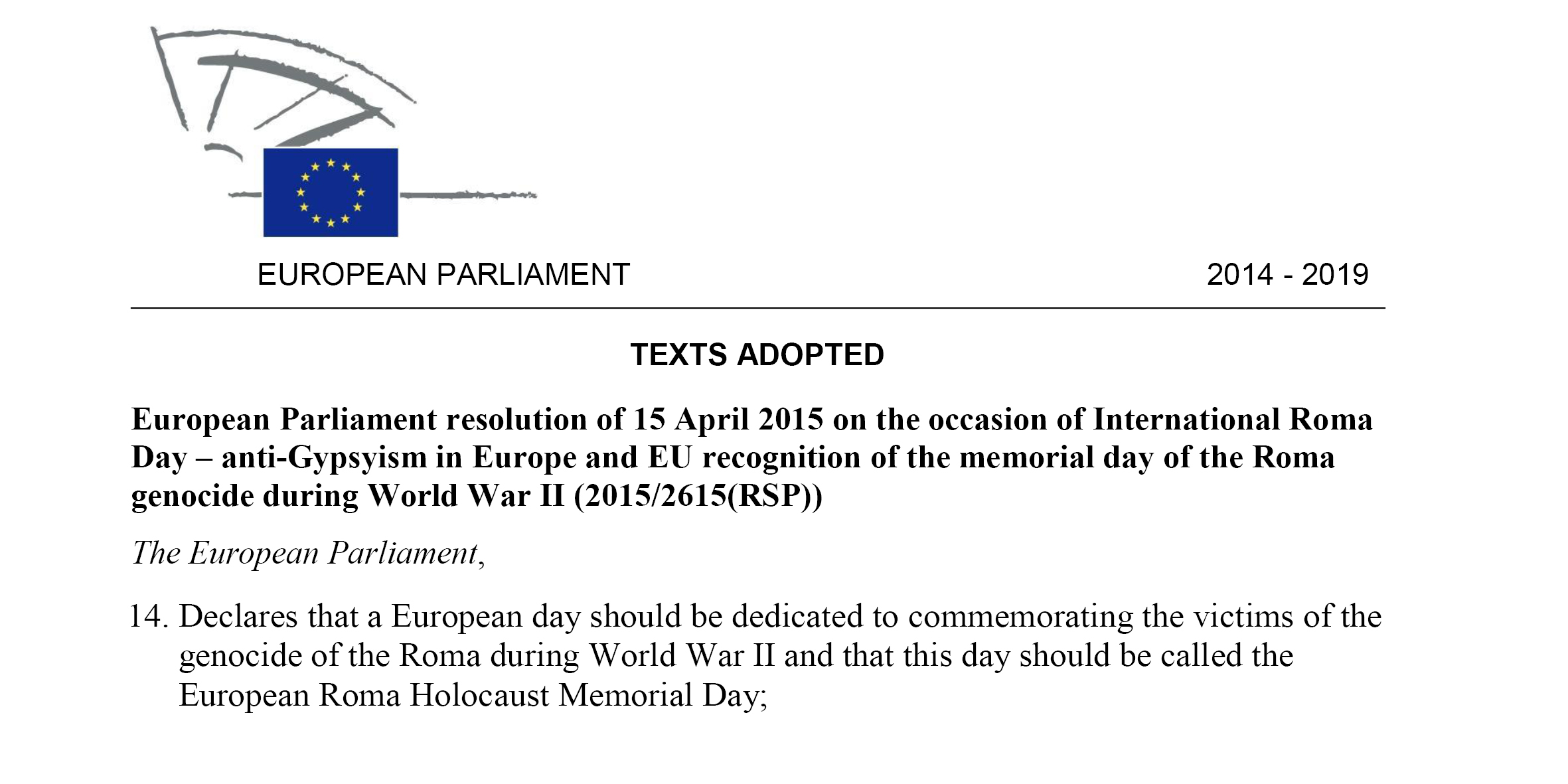
April 15, 2015 marked a historical moment. The European Parliament voted with an overwhelming majority to finally adopt a resolution which recognizes “the historical fact of the genocide of Roma that took place during World War II” and concludes “that a European day should be dedicated to commemorating the victims of the genocide of the Roma during World War II.”
Of huge importance is the fact that this resolution also “underlines the need to combat anti-Gypsyism at every level and by every means, and stresses that this phenomenon is an especially persistent, violent, recurrent and commonplace form of racism.”
Education and Youth Activism
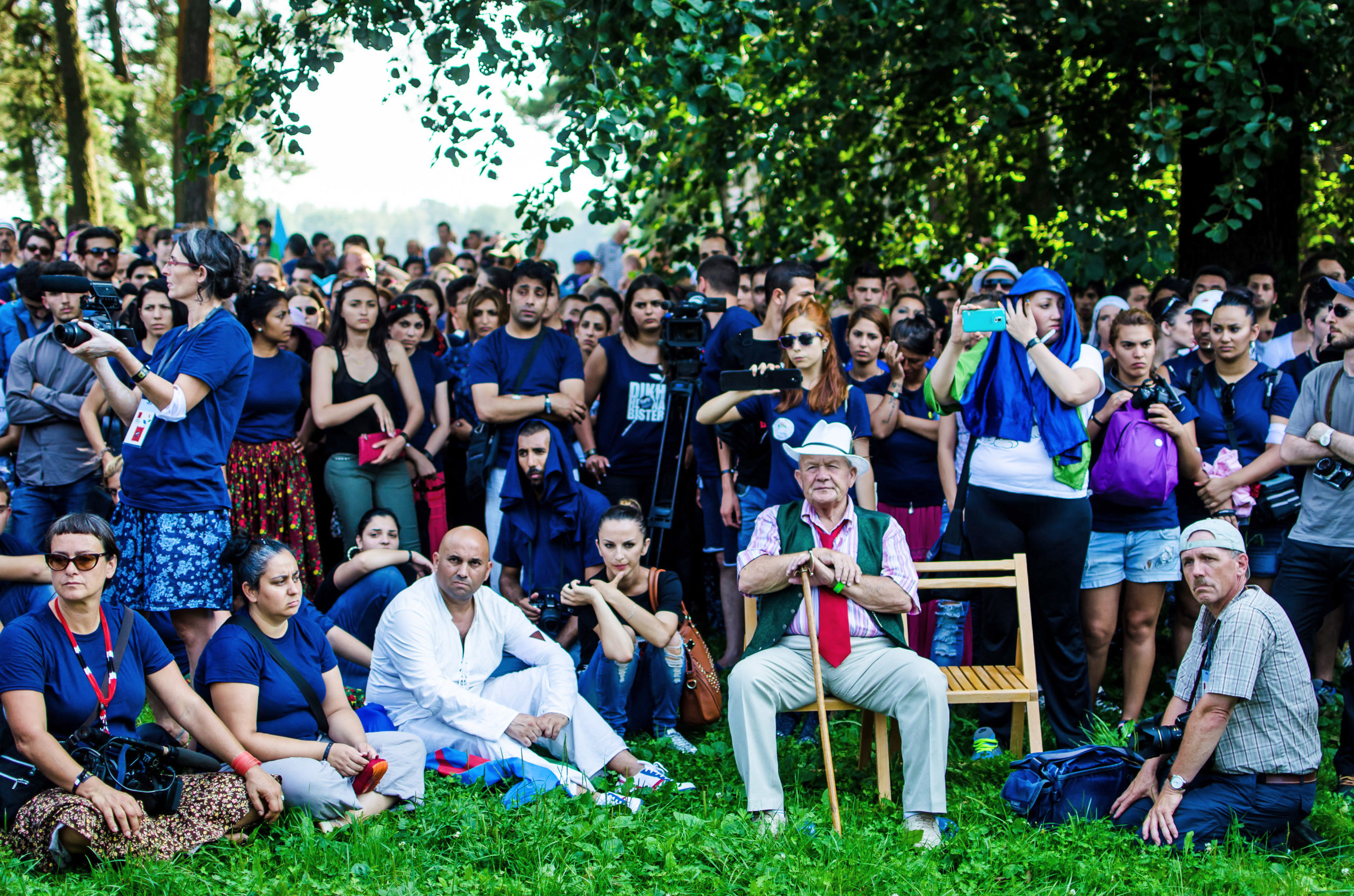
International Youth Remembrance Event
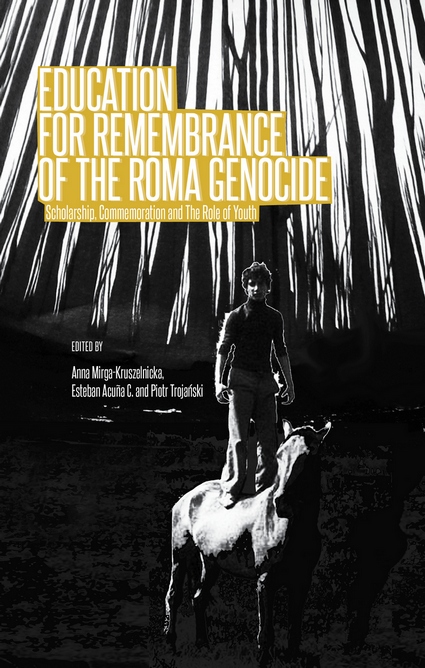
Scholarship, commemoration and the role of youth, publication
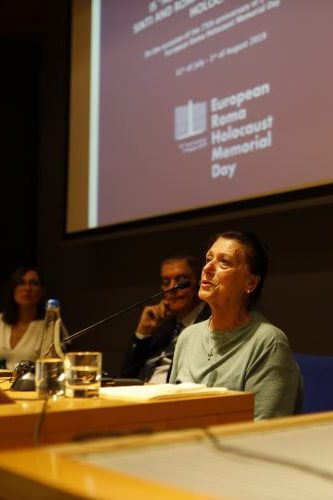
International Conference (2019) about Sinti and Roma Narratives after the Holocaust
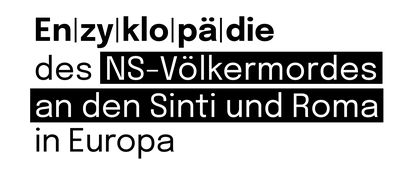
the first comprehensive overview of the existing knowledge on the persecution and murder of the Sinti and Roma under National Socialism and during the Second World War (1933–1945)
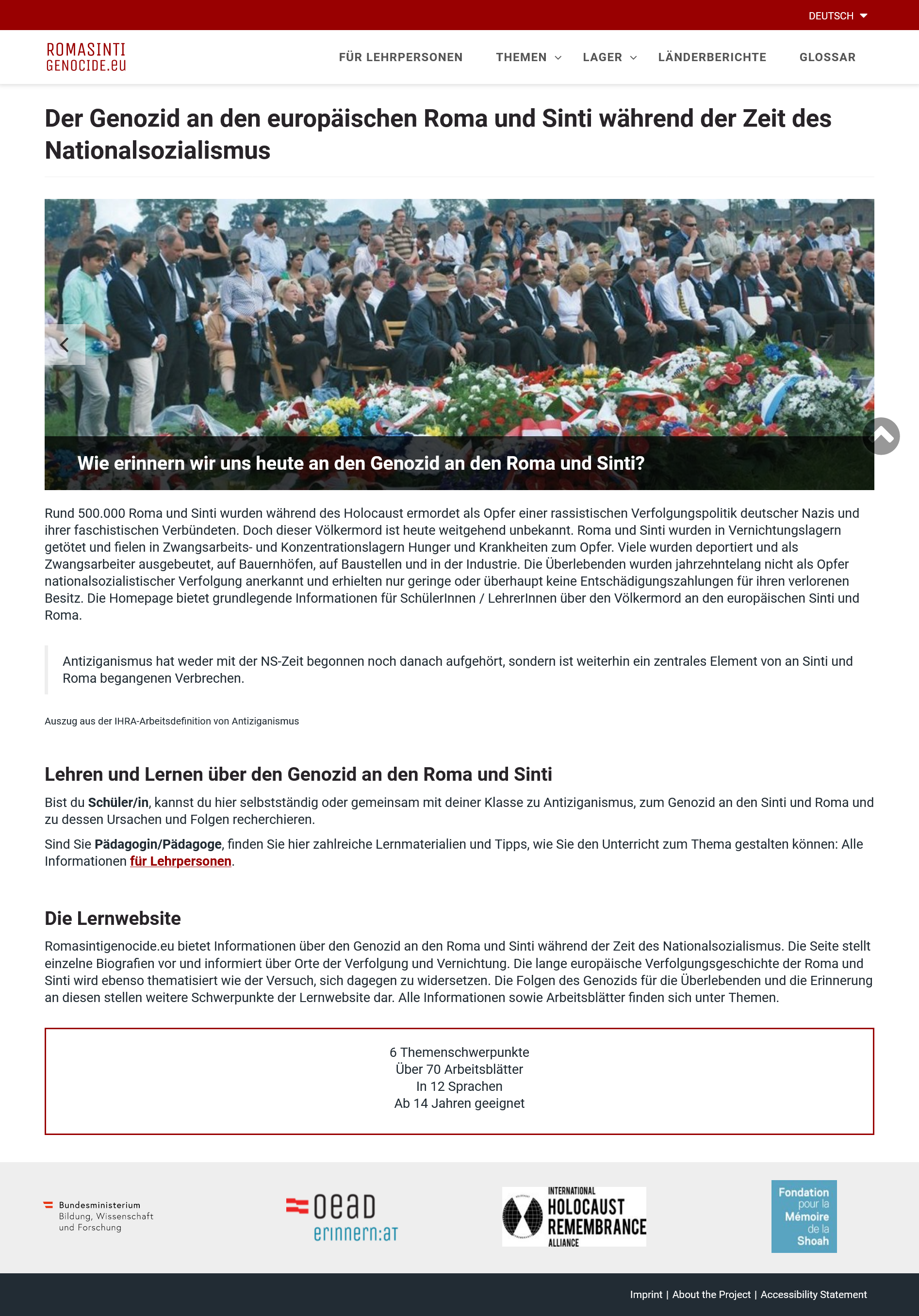
The genocide committed against European Roma and Sinti during the National Socialist era
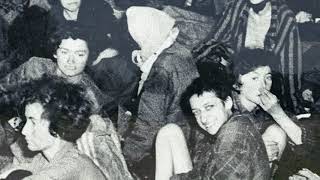
Persecution, memory and self-assertion
DIKH HE NA BISTER (“Look and don’t forget” in Romani) – the Roma Genocide Remembrance Initiative mobilizes each year thousands of young Roma and non-Roma all over Europe on the occasion of the 2 August – the European Roma Holocaust Memorial Day – to advance remembrance, recognition and education about the Roma Genocide.
DIKH HE NA BISTER is a space of learning about the past, as well as of reflection about the role of young people in Holocaust remembrance. The initiative creates a dialogue and personal encounter of young people with Holocaust survivors. Their testimonies inspire the participants to address and resist against current challenges of antigypsyism, and other forms of racism in Europe today.
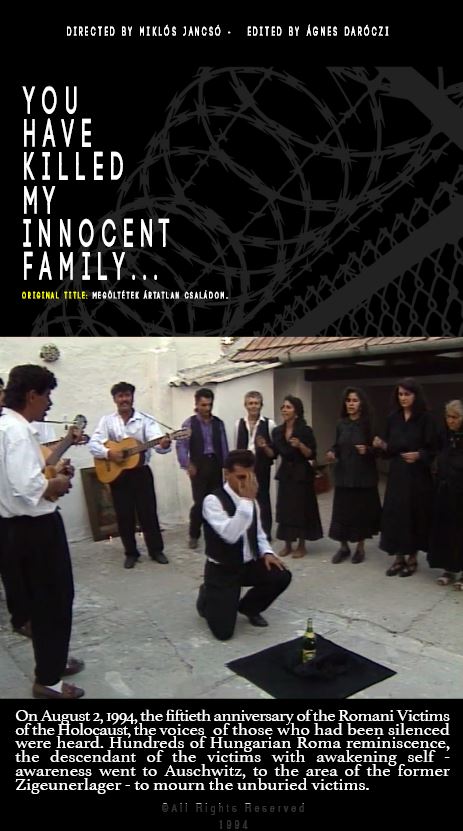
A Movie about the Holocaust on the Sinti and Roma
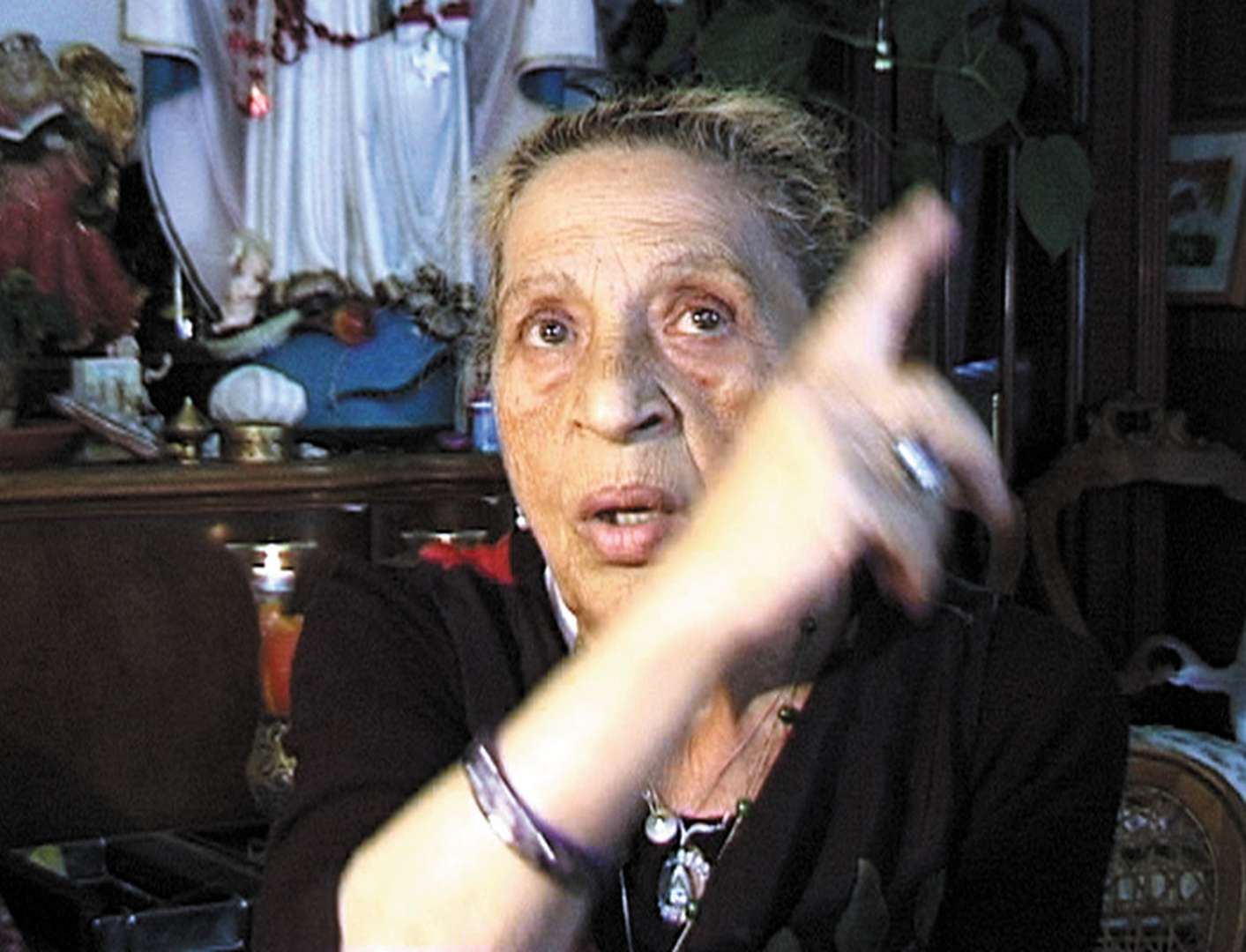
A Movie about the Holocaust on the Sinti and Roma
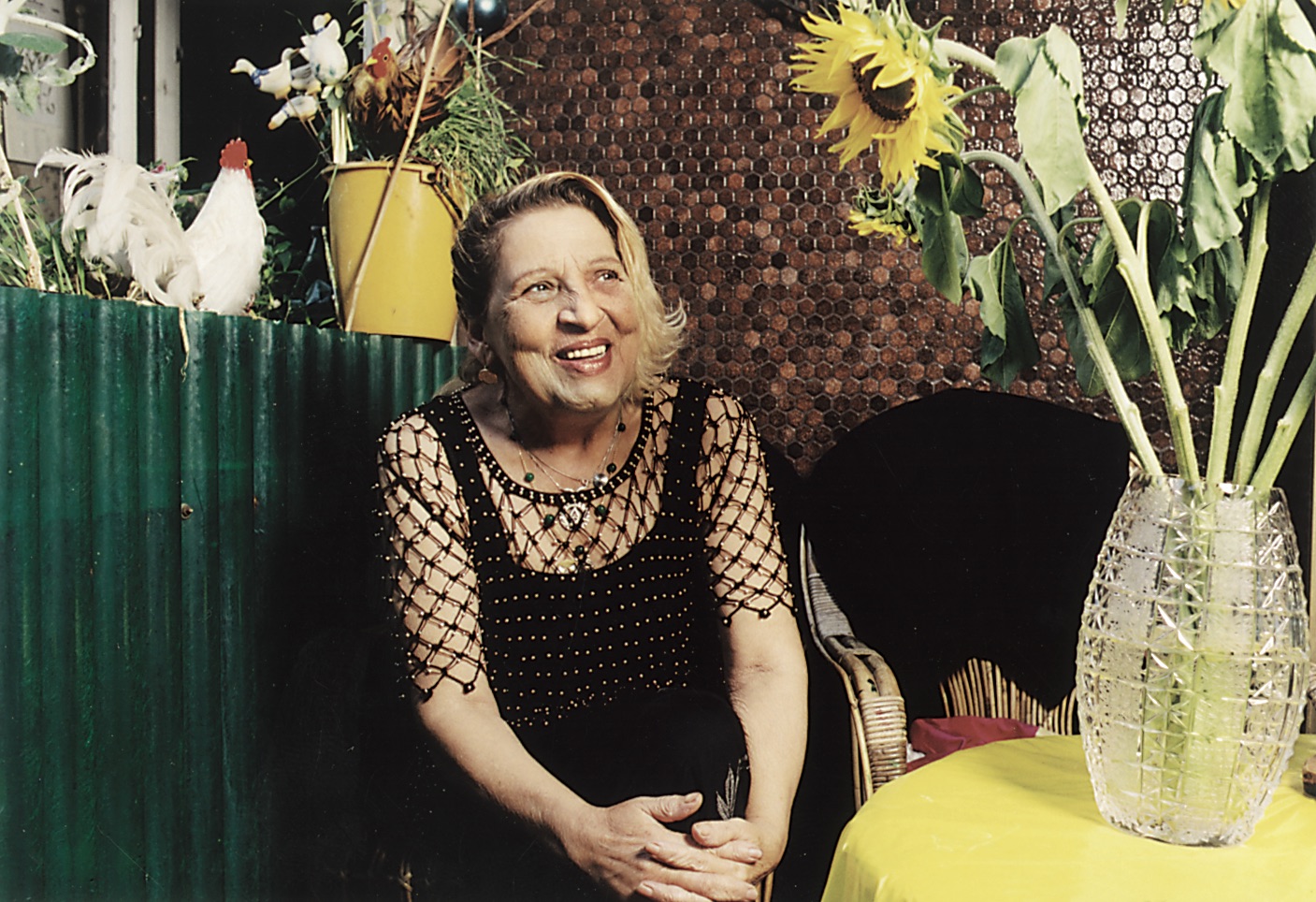
A Movie about the Holocaust on the Sinti and Roma
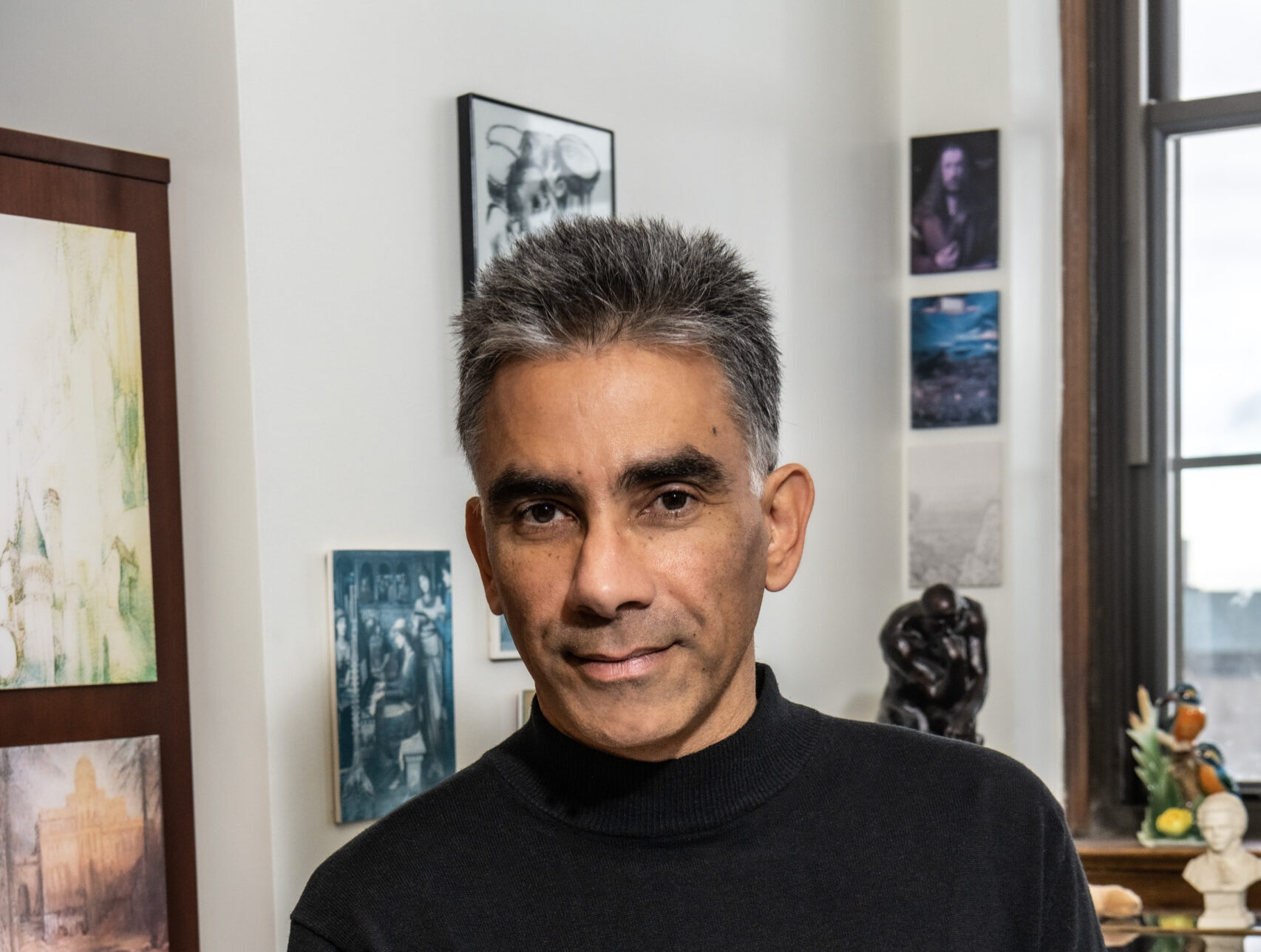
Inspired by Ralf Yusuf Gawlick’s O Lungo Drom (The Long Road), an oratorio on the Sinti and Roma people, classical pianist and author Simon Tedeschi reflects on the power of art in LIMELIGHT, a Music, Arts & Culture Magazine.

Hungarian Guitarist/Composer

German Sopranist
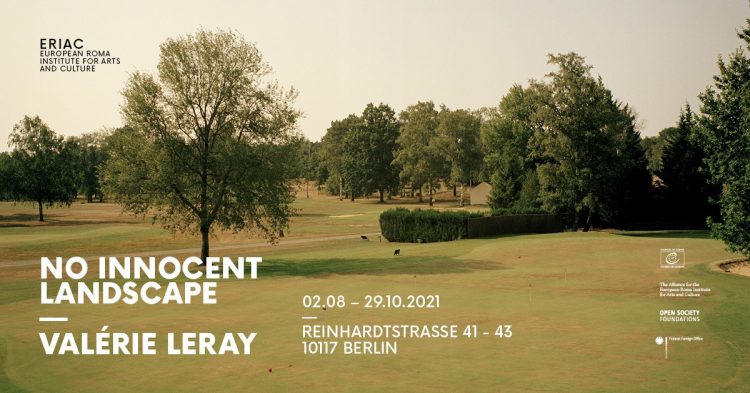
NO INNOCENT LANDSCAPE
Valérie Leray solo exhibition
02.08 – 29.10.2021
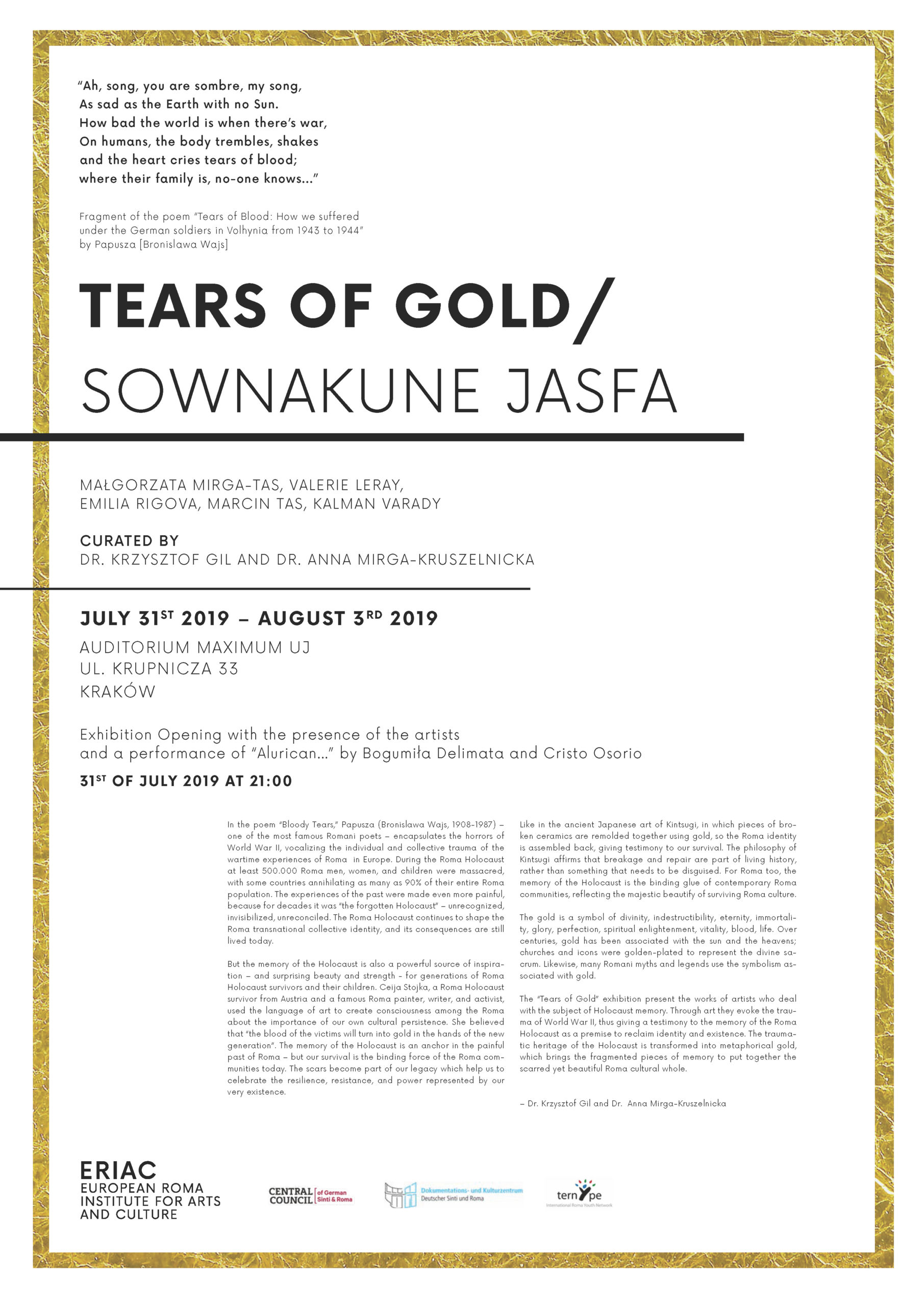
Exhibition on the occasion of the 75th anniversary of 2 August – European Holocaust Memorial Day for Sinti and Roma 2019
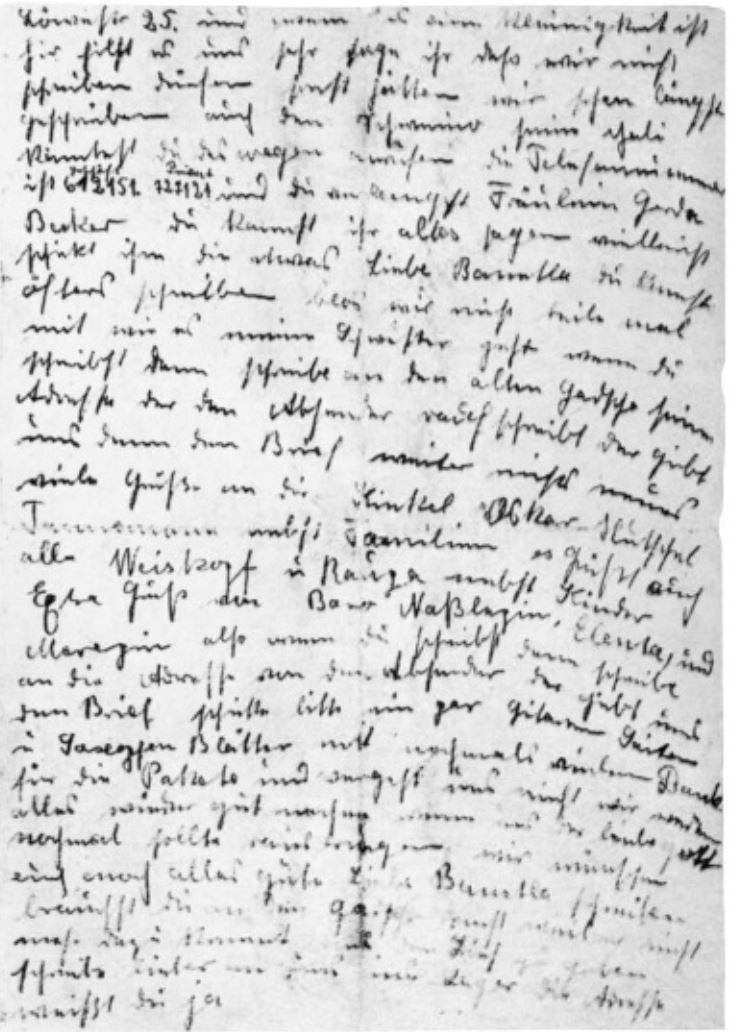
A dramatization of Margarete Bamberger’s from the Auschwitz-Birkenau death camp by Rromane Siklǒvne